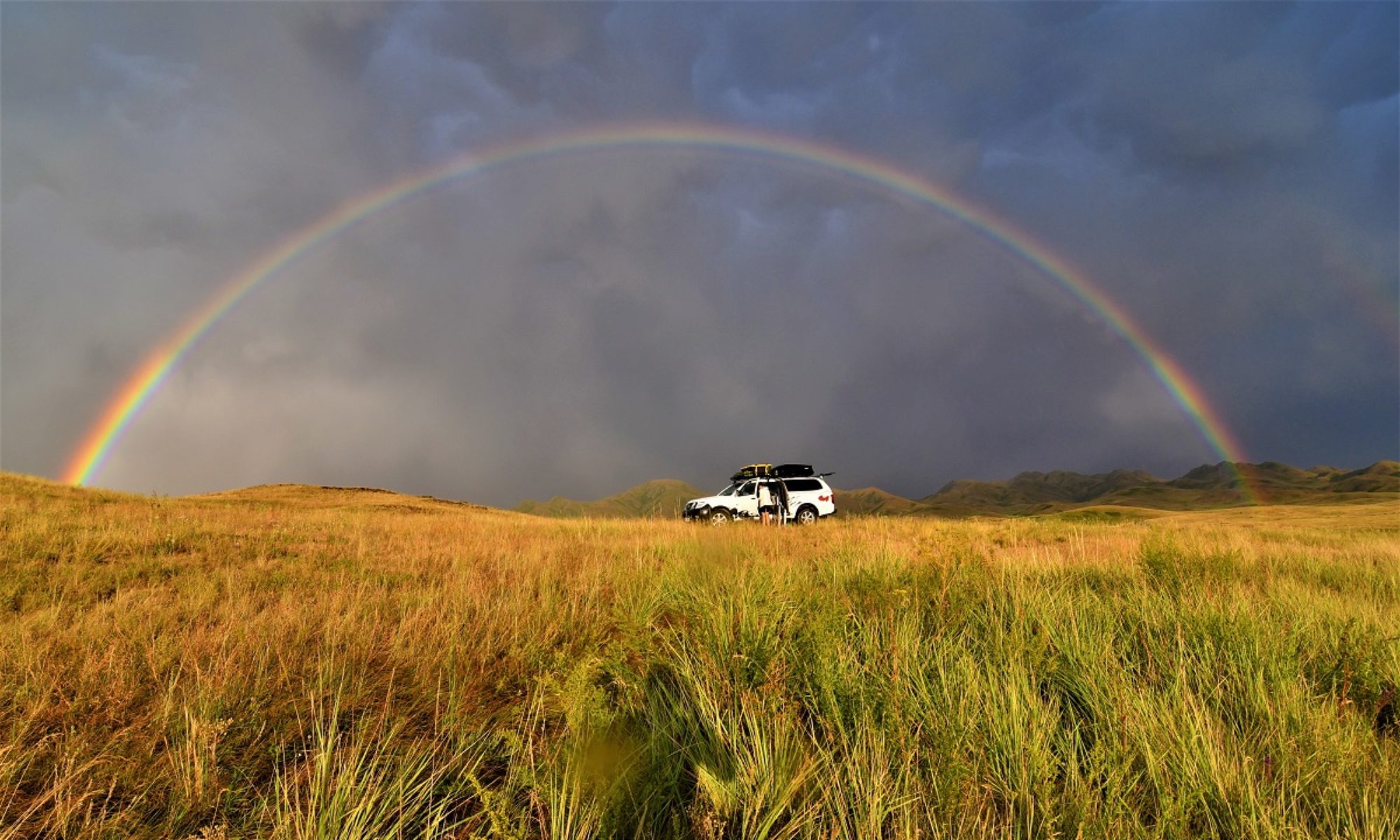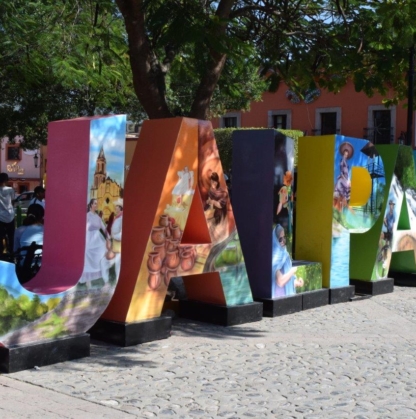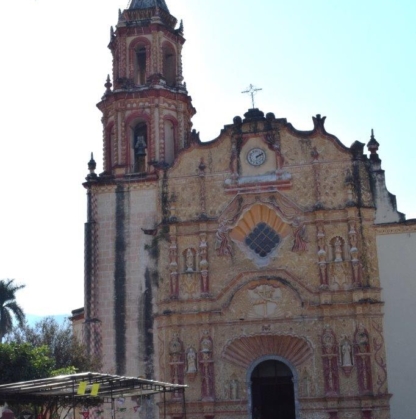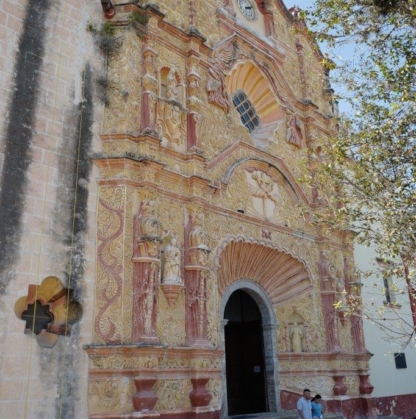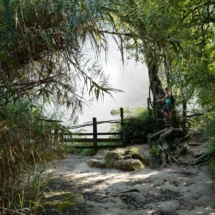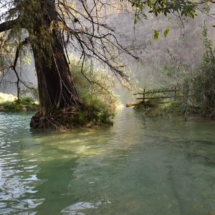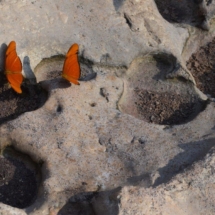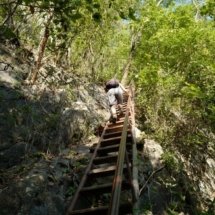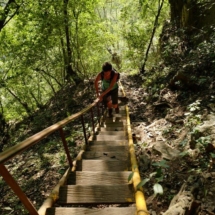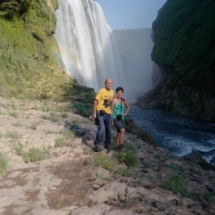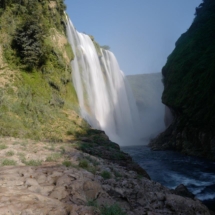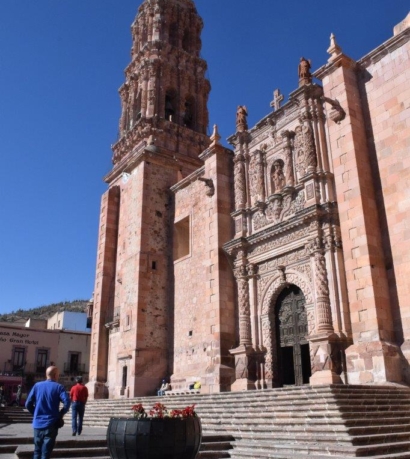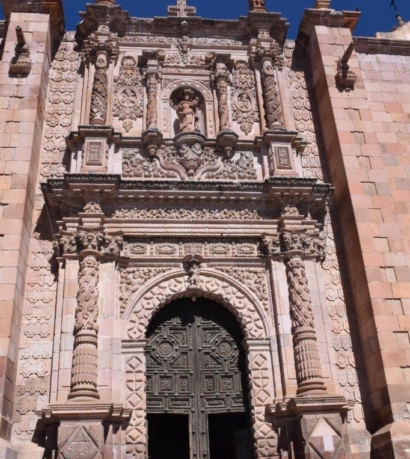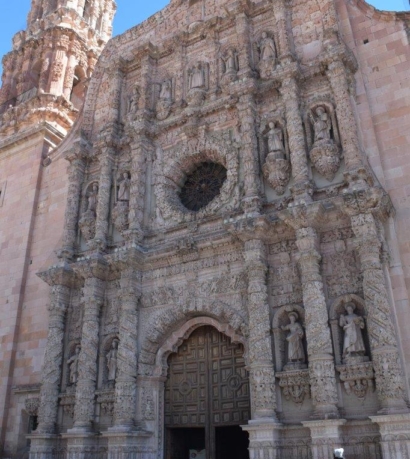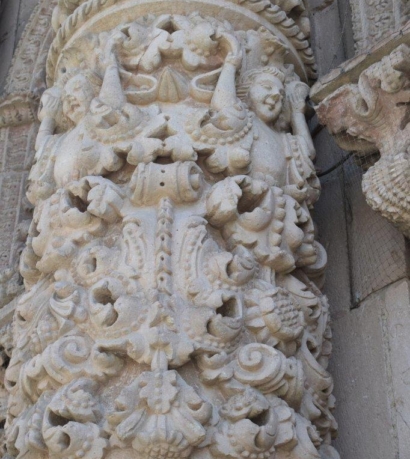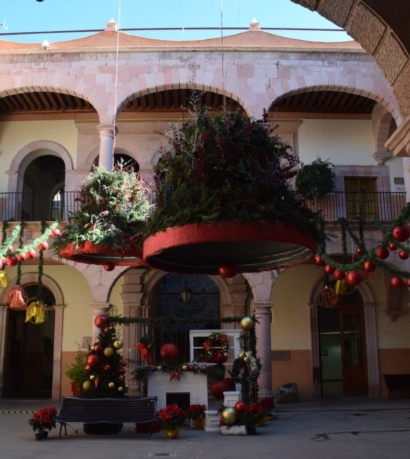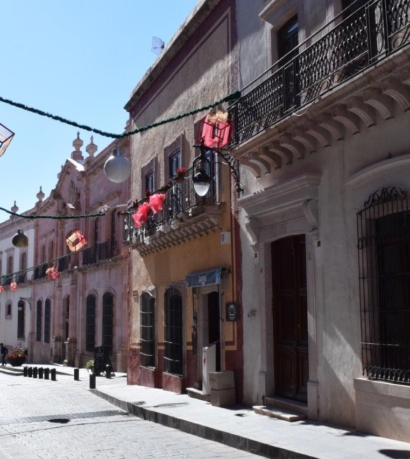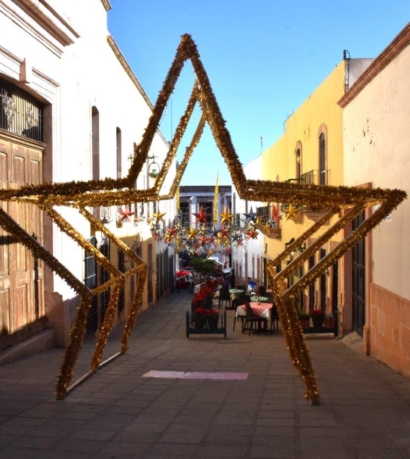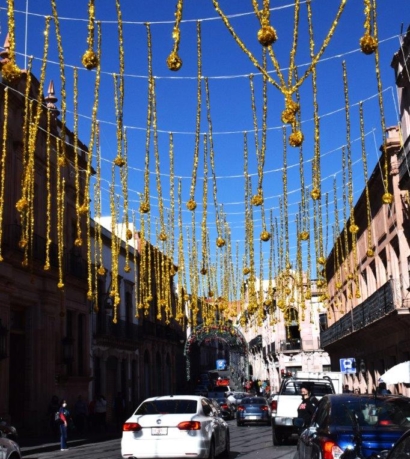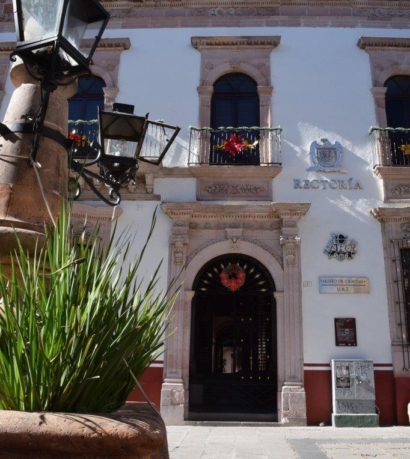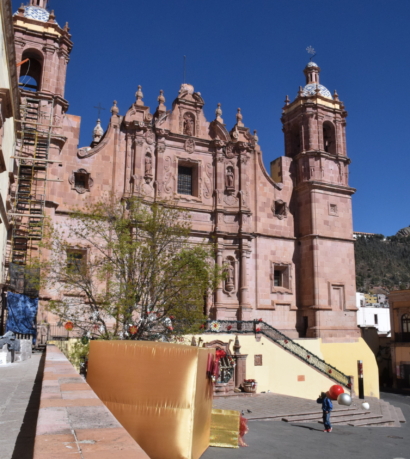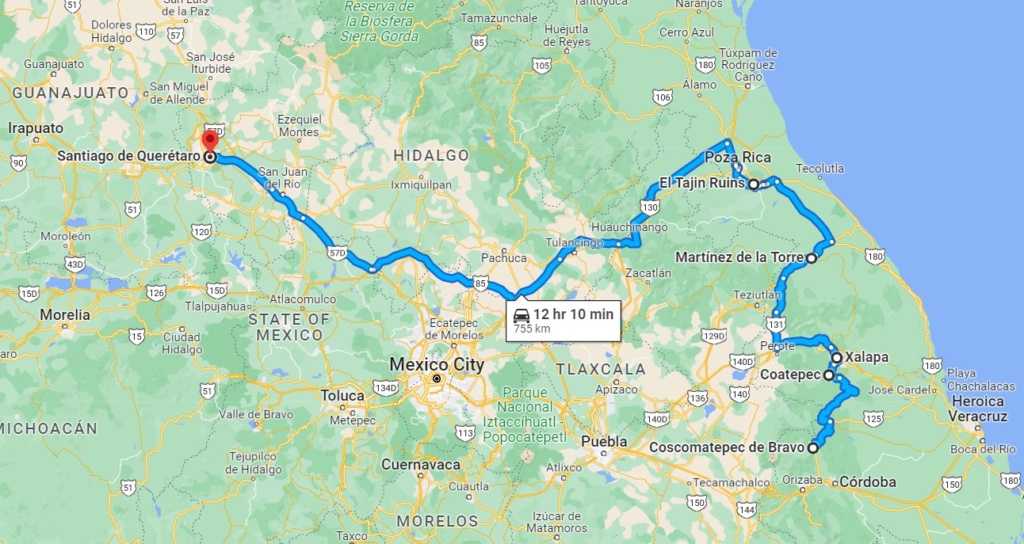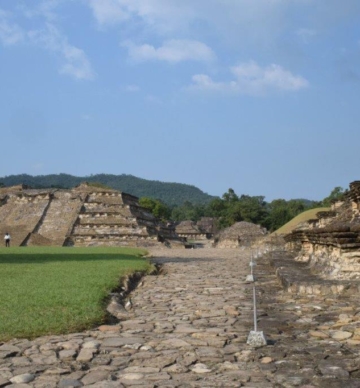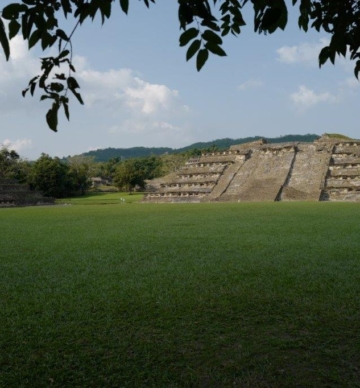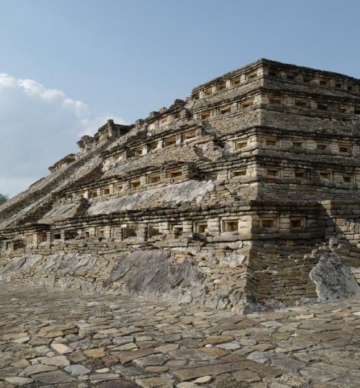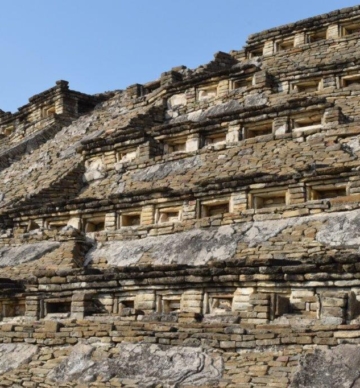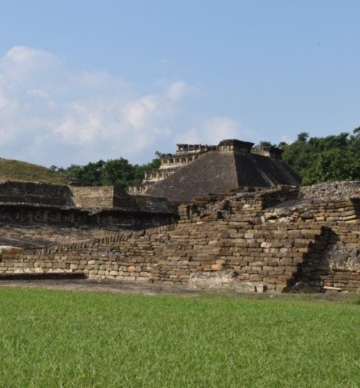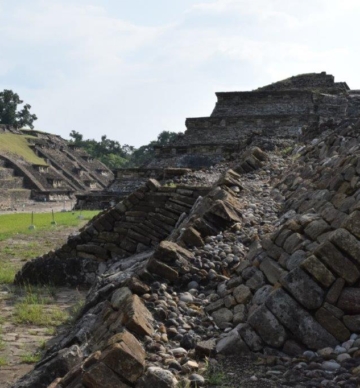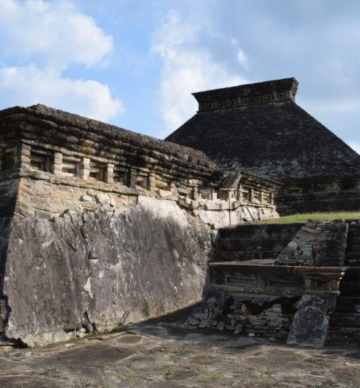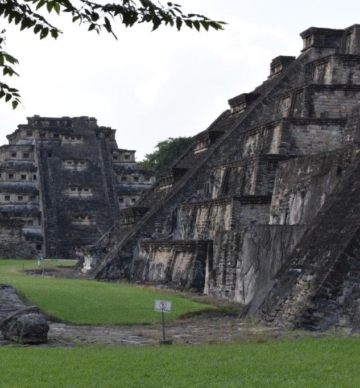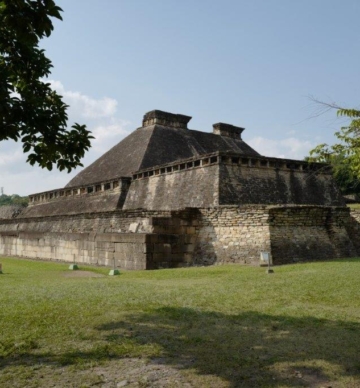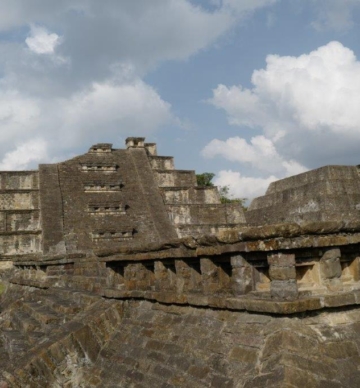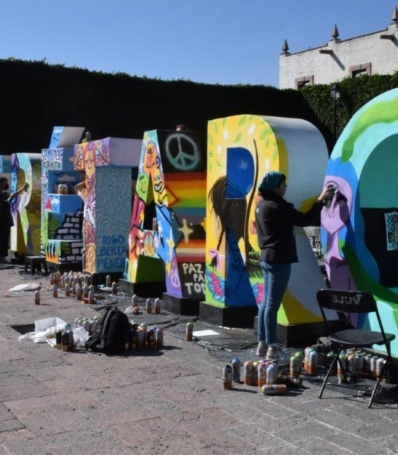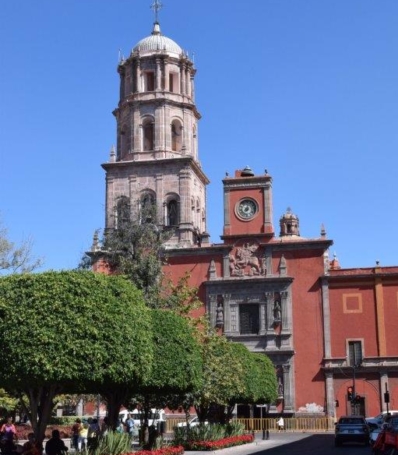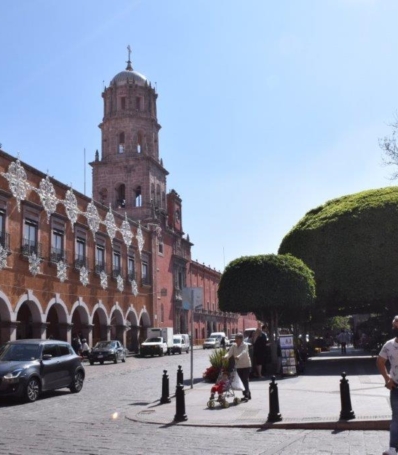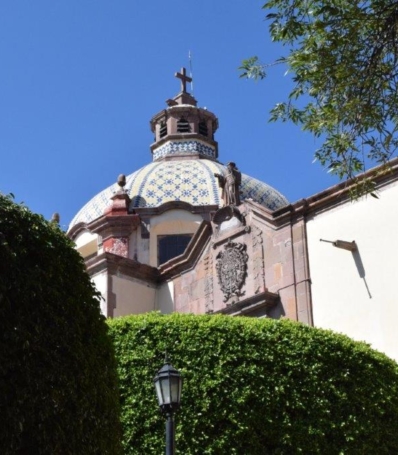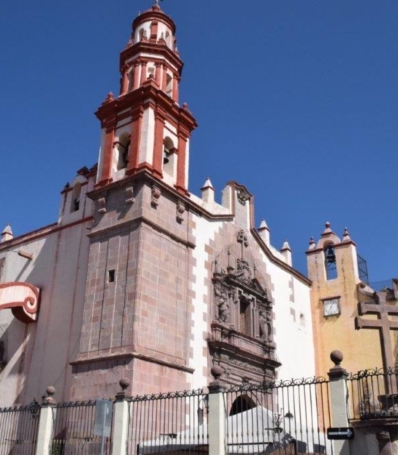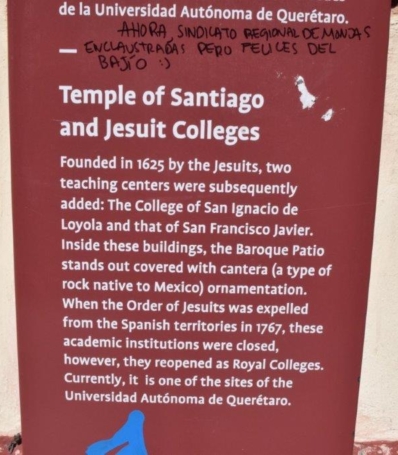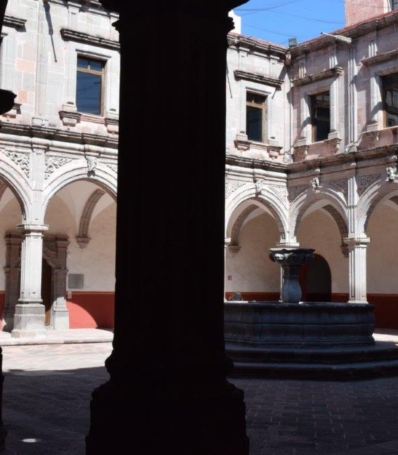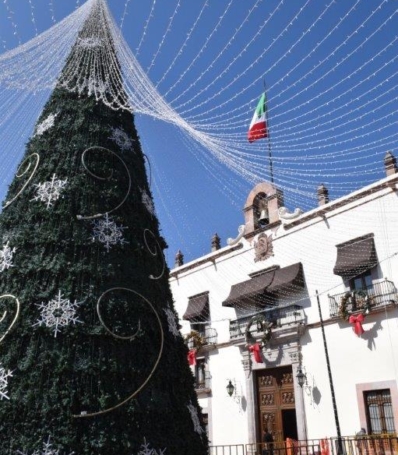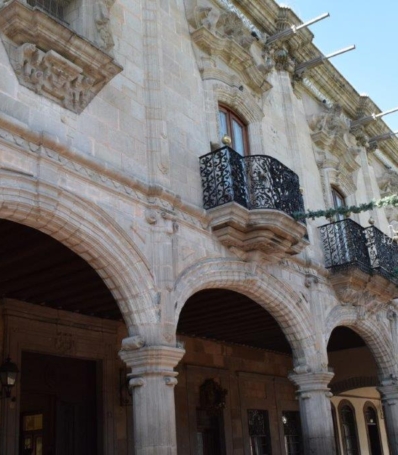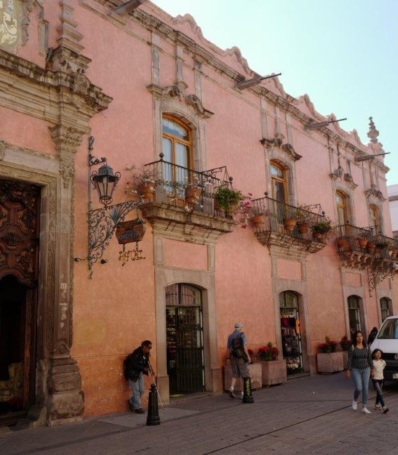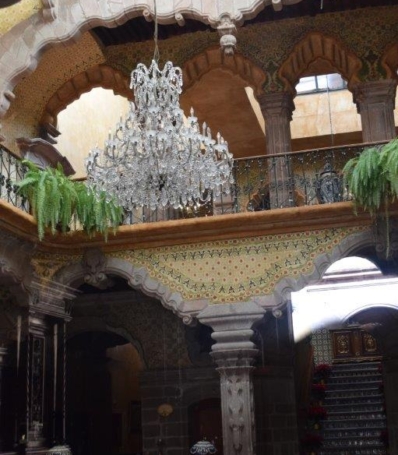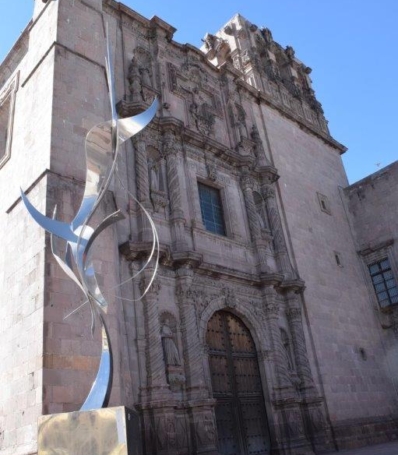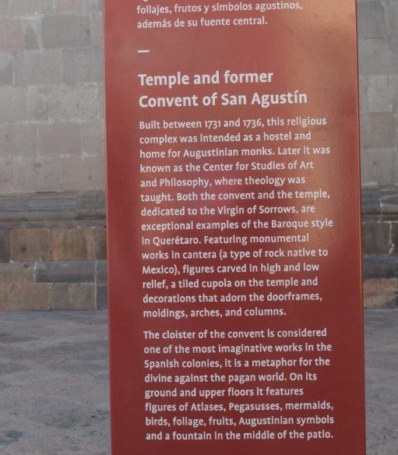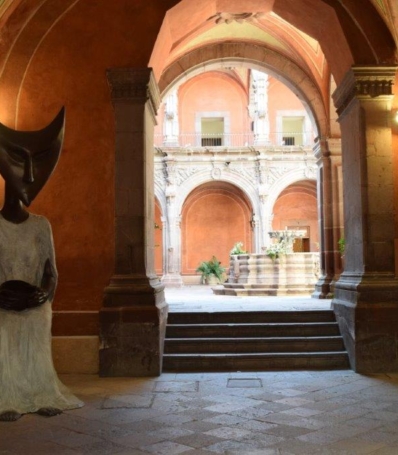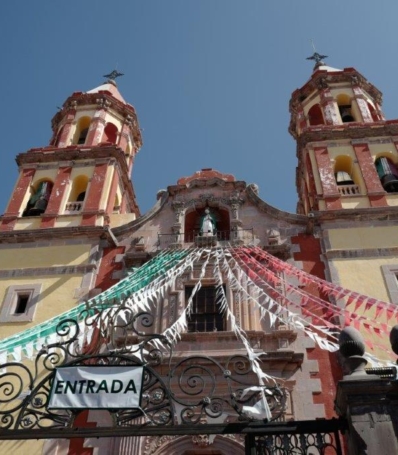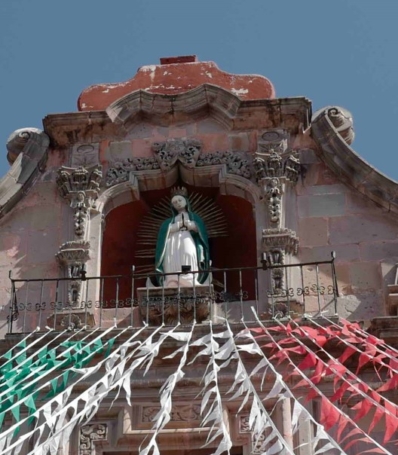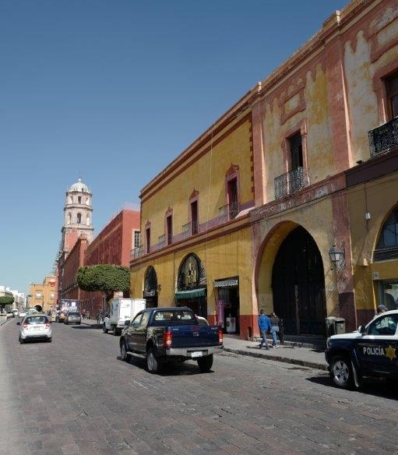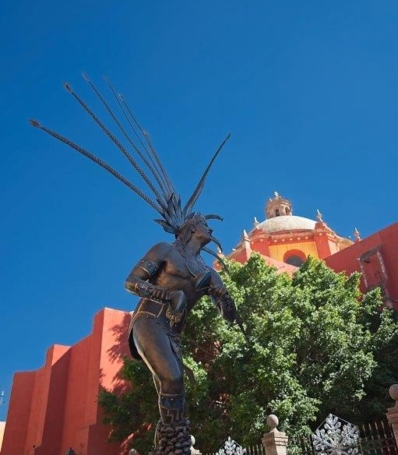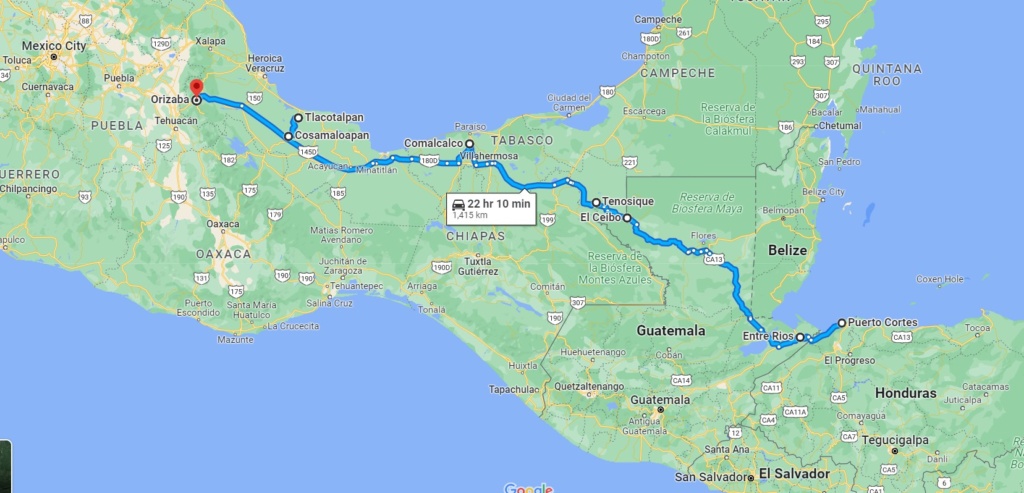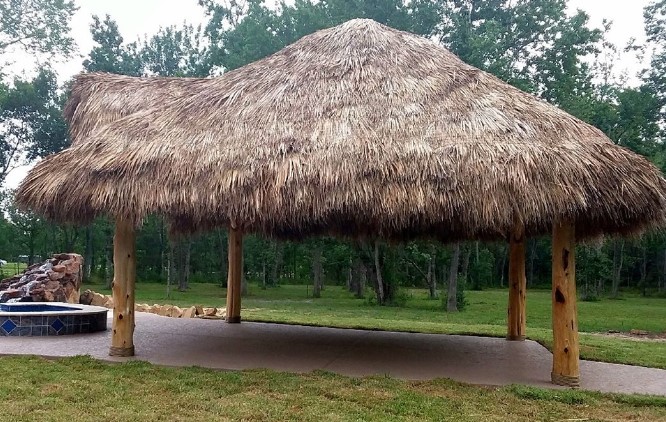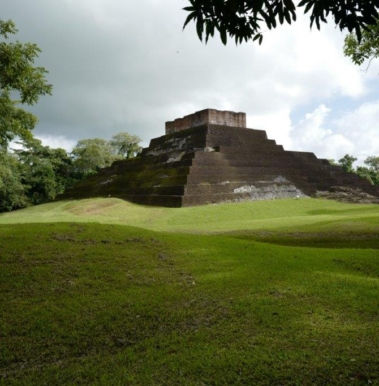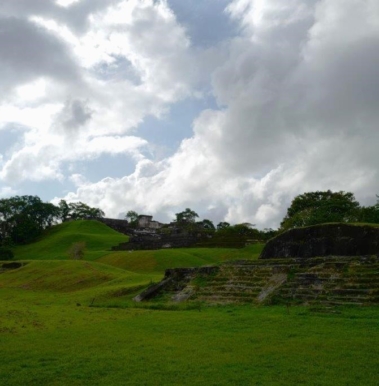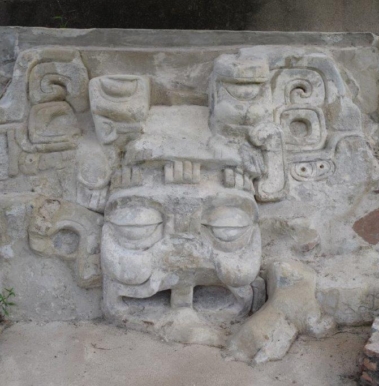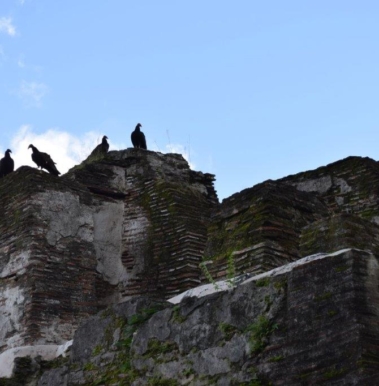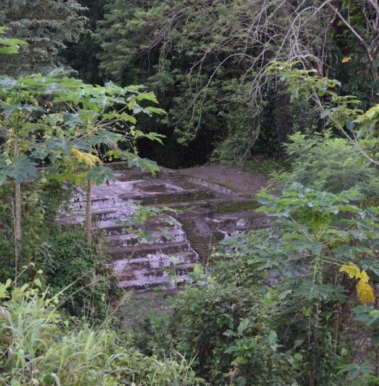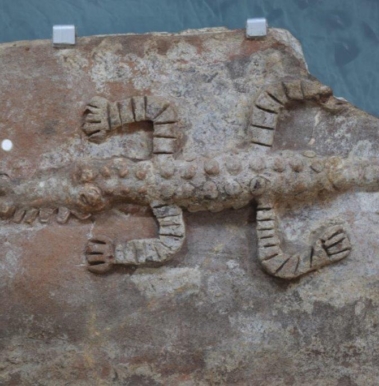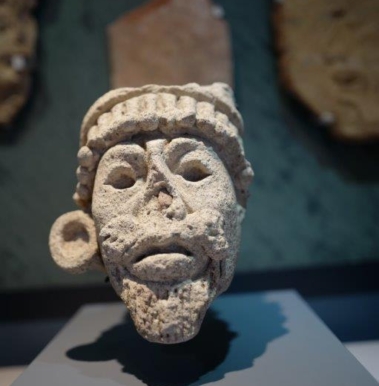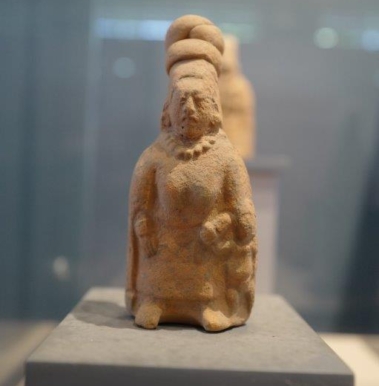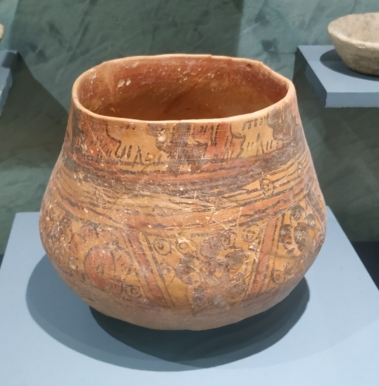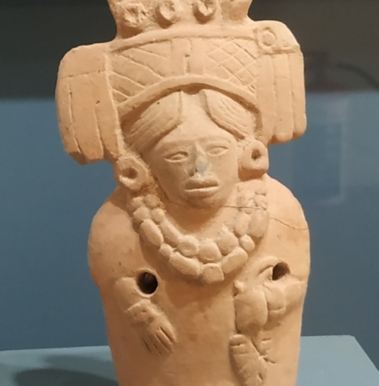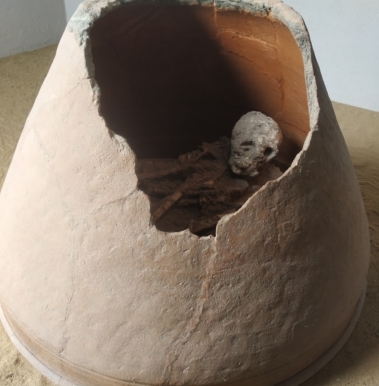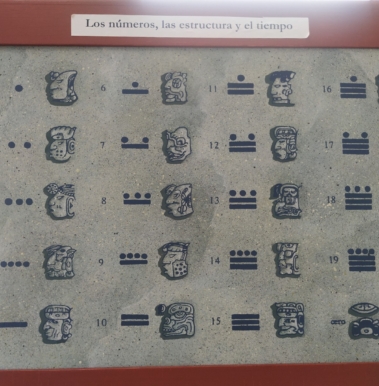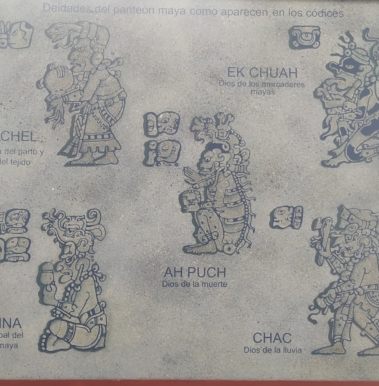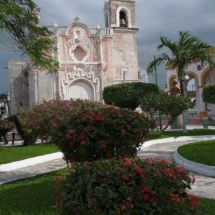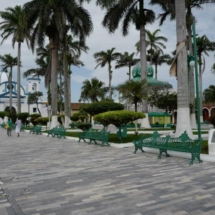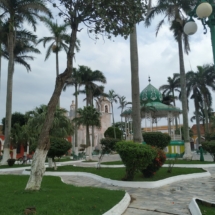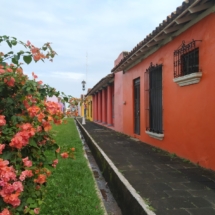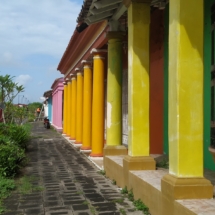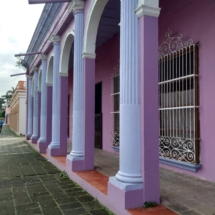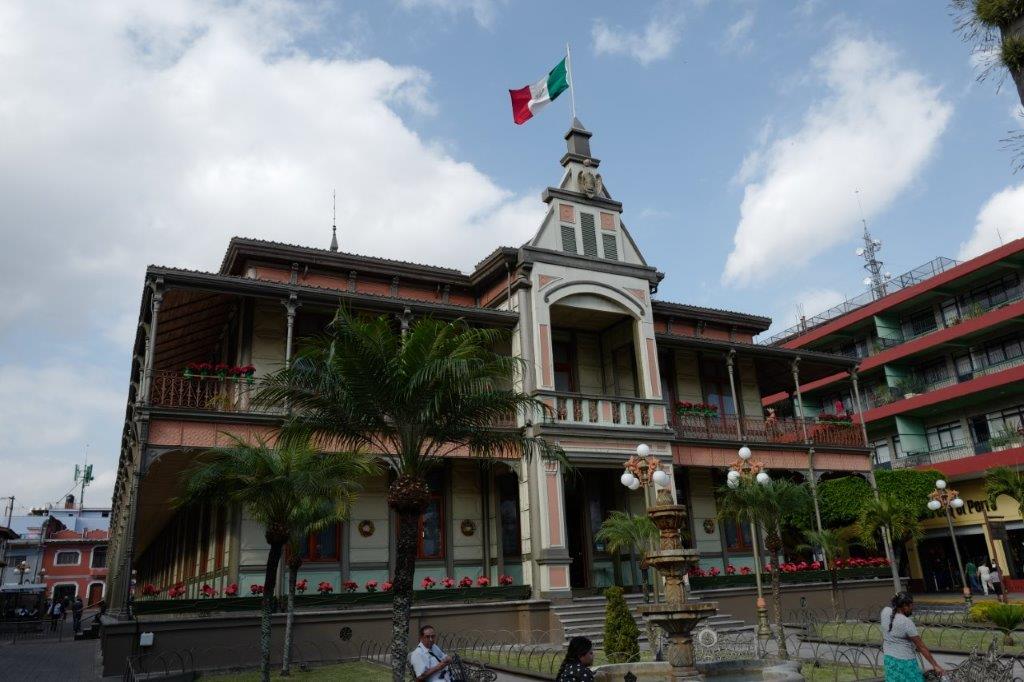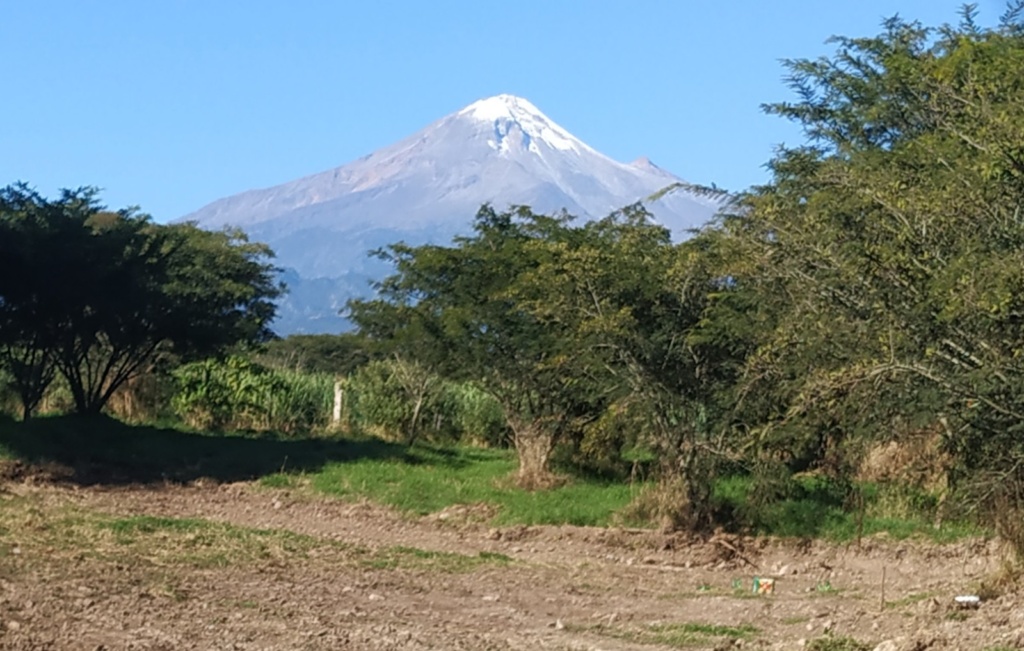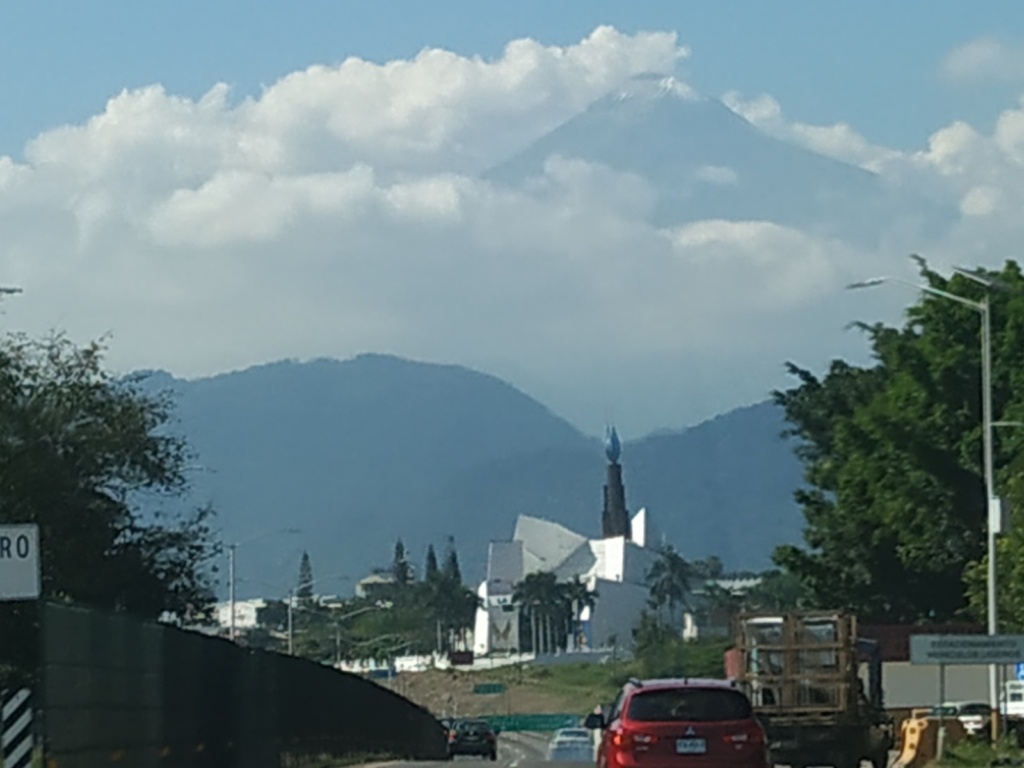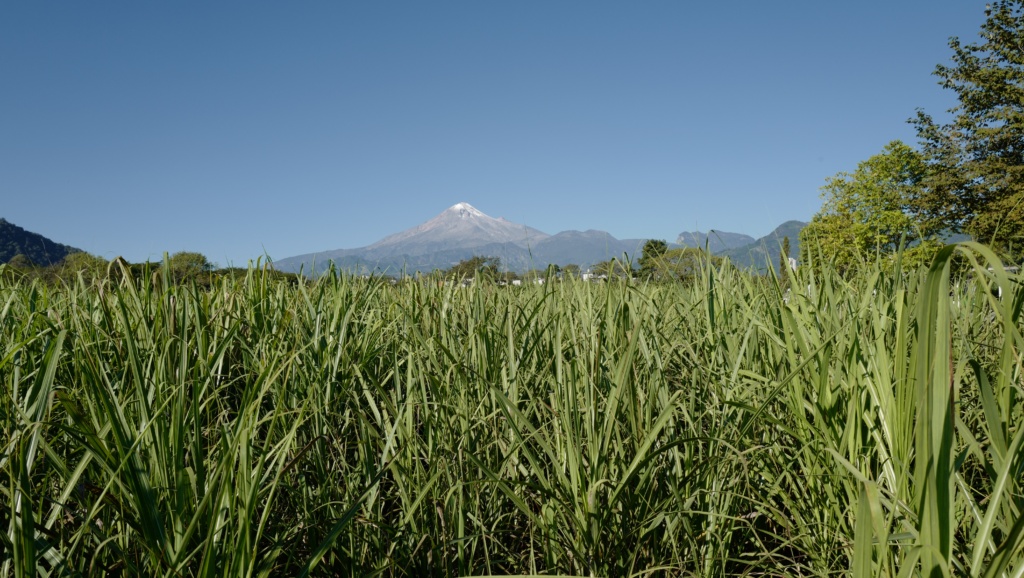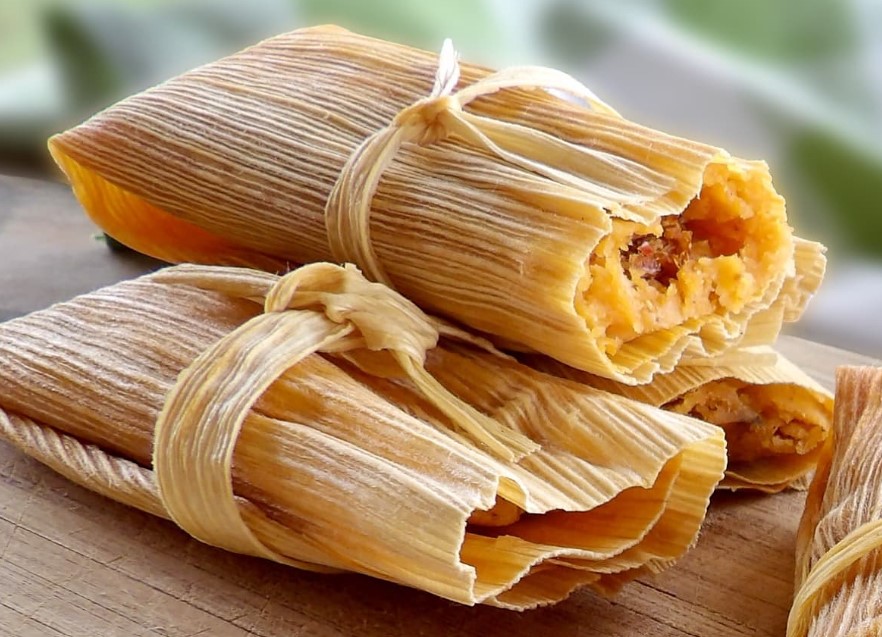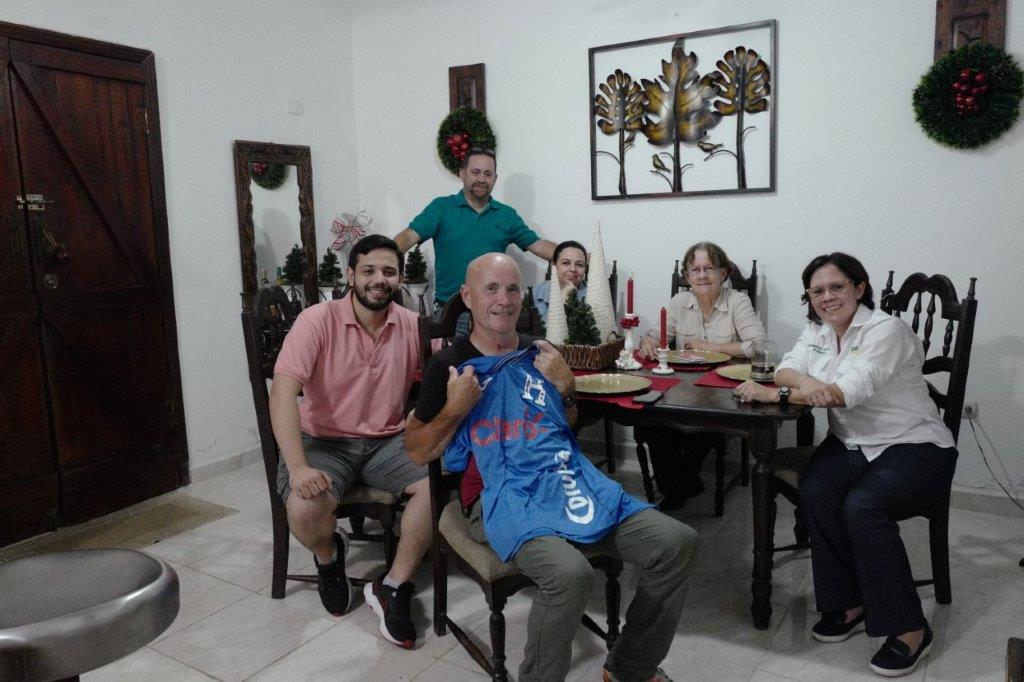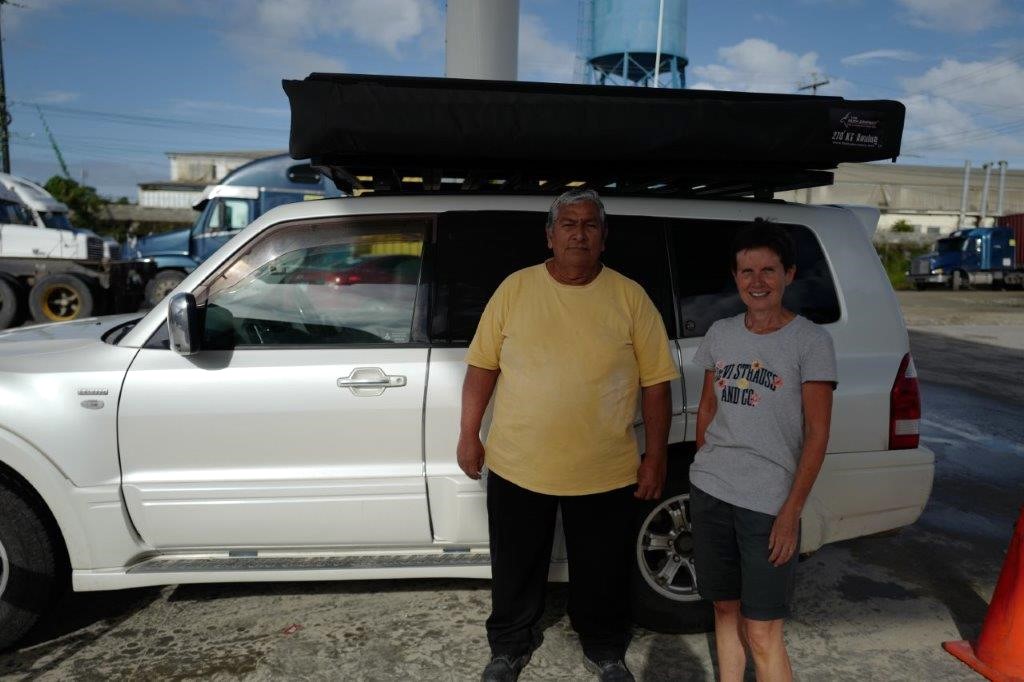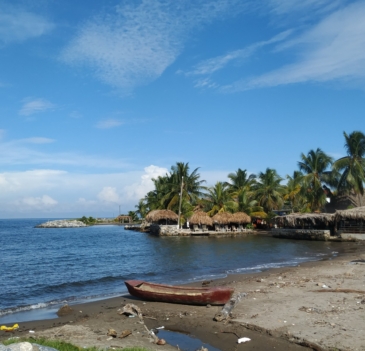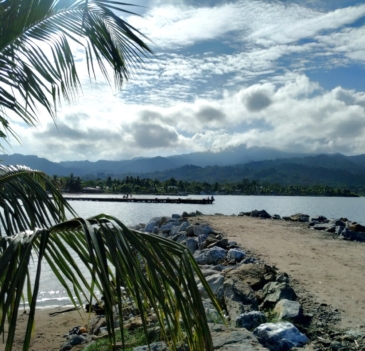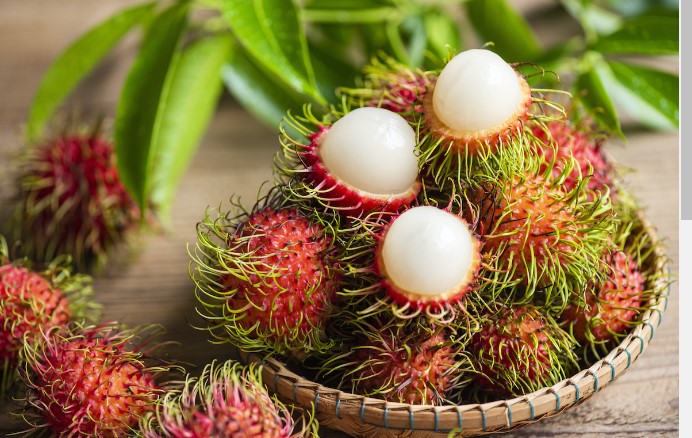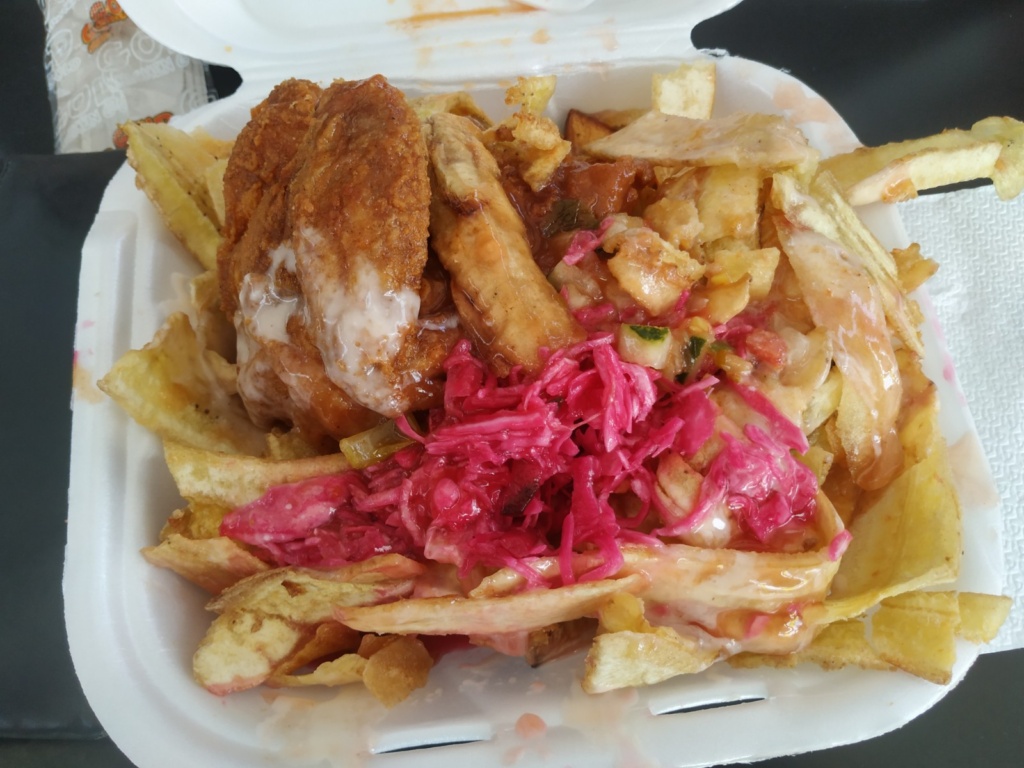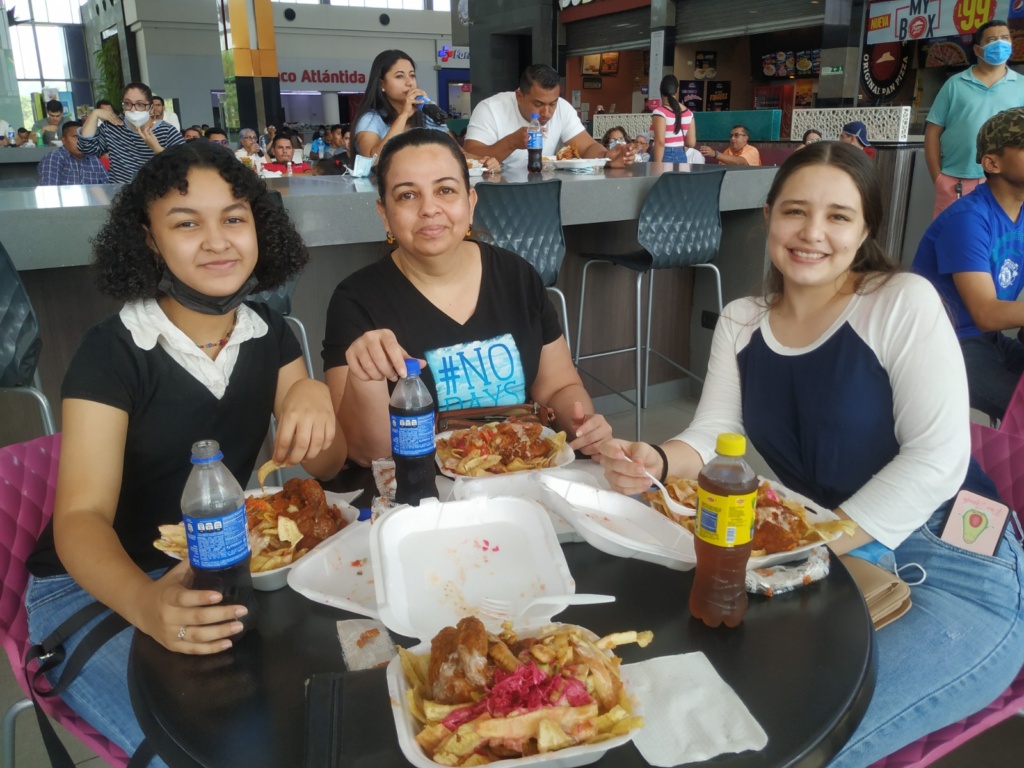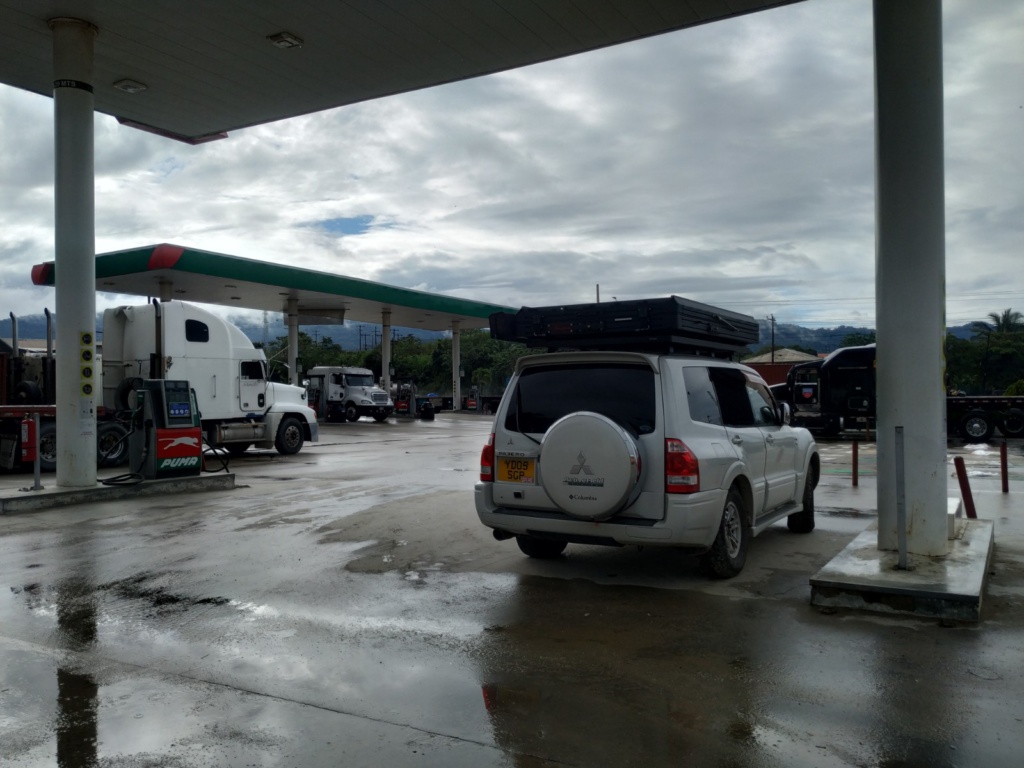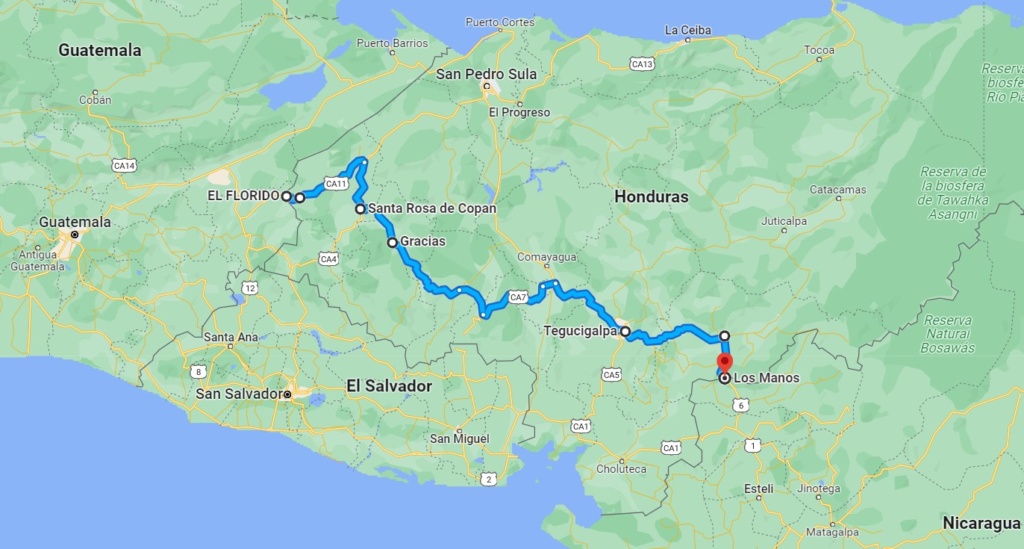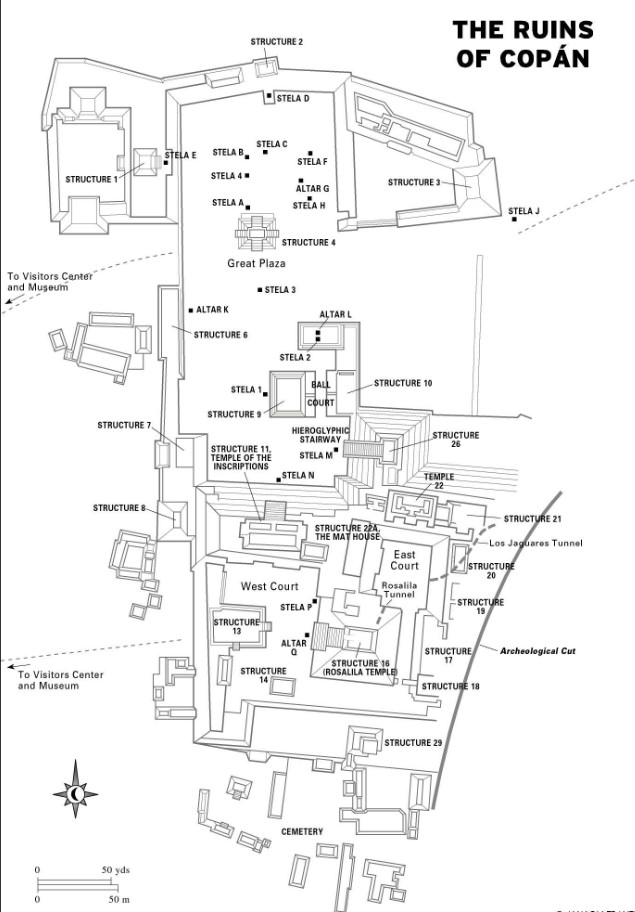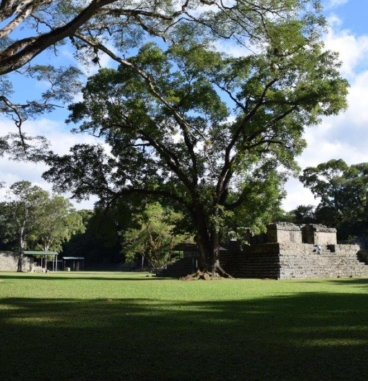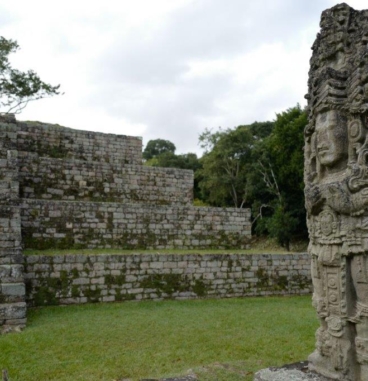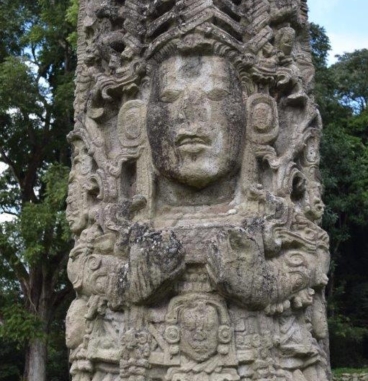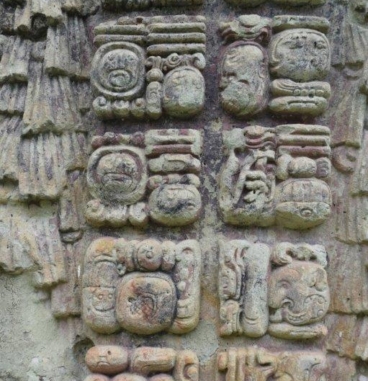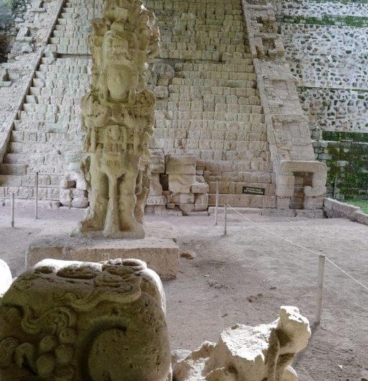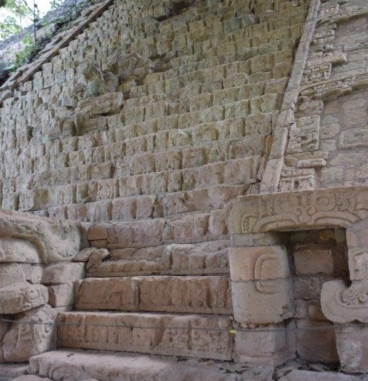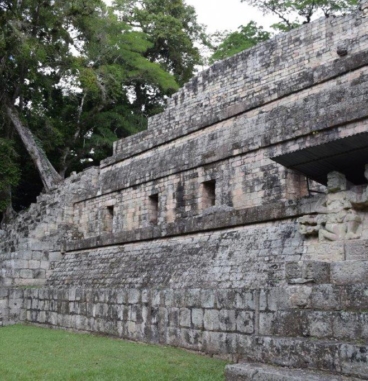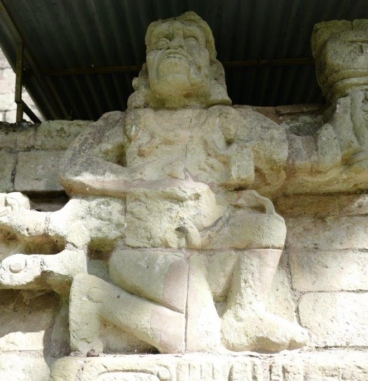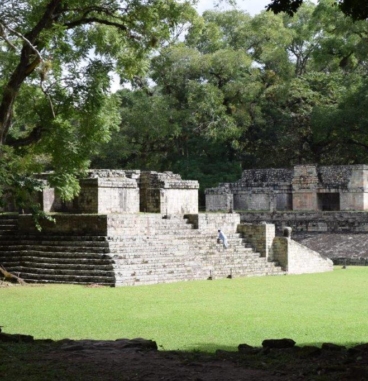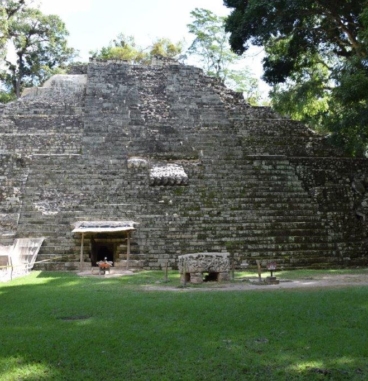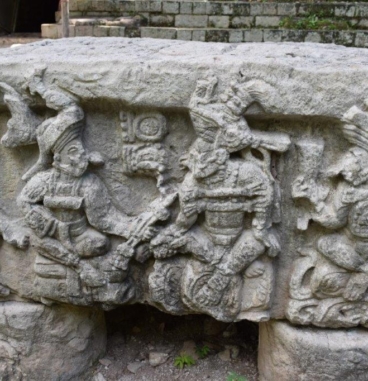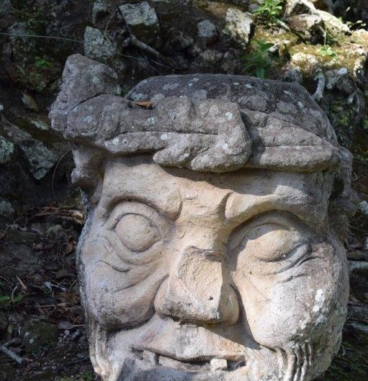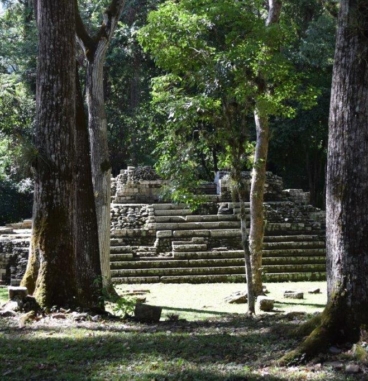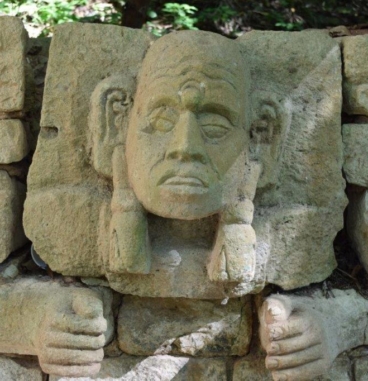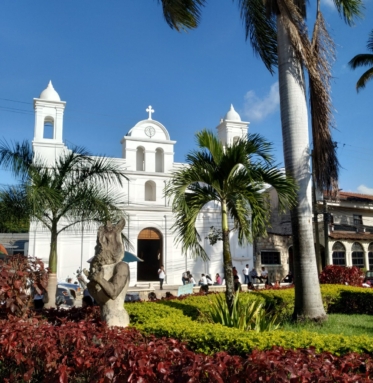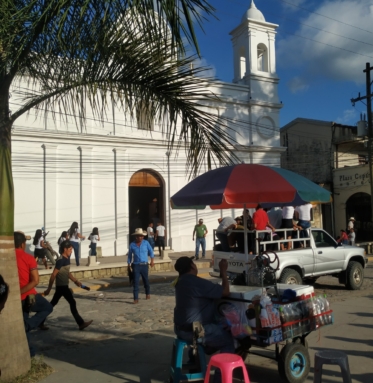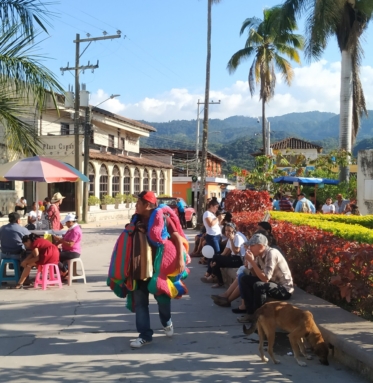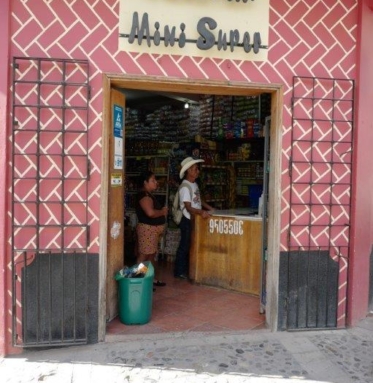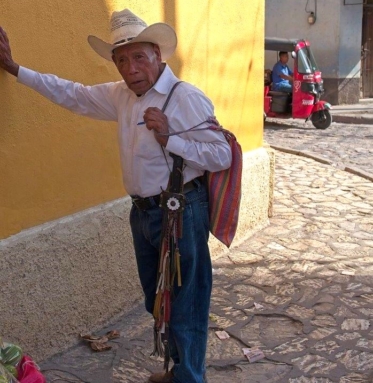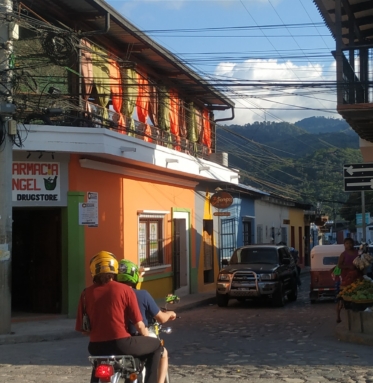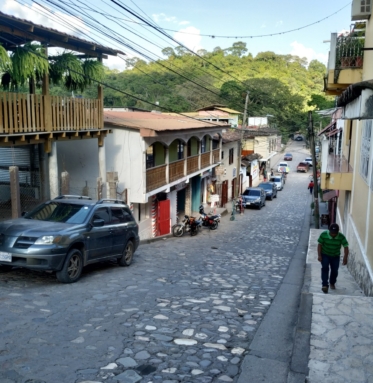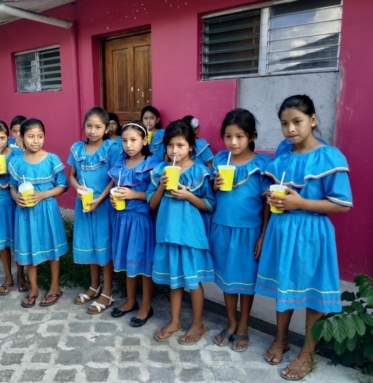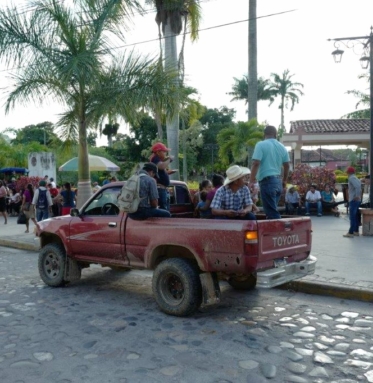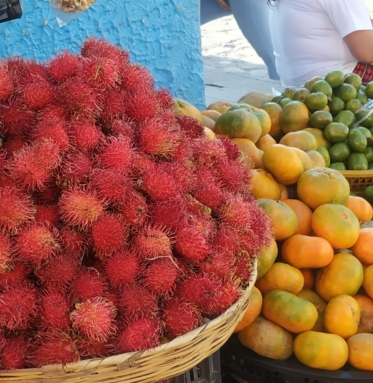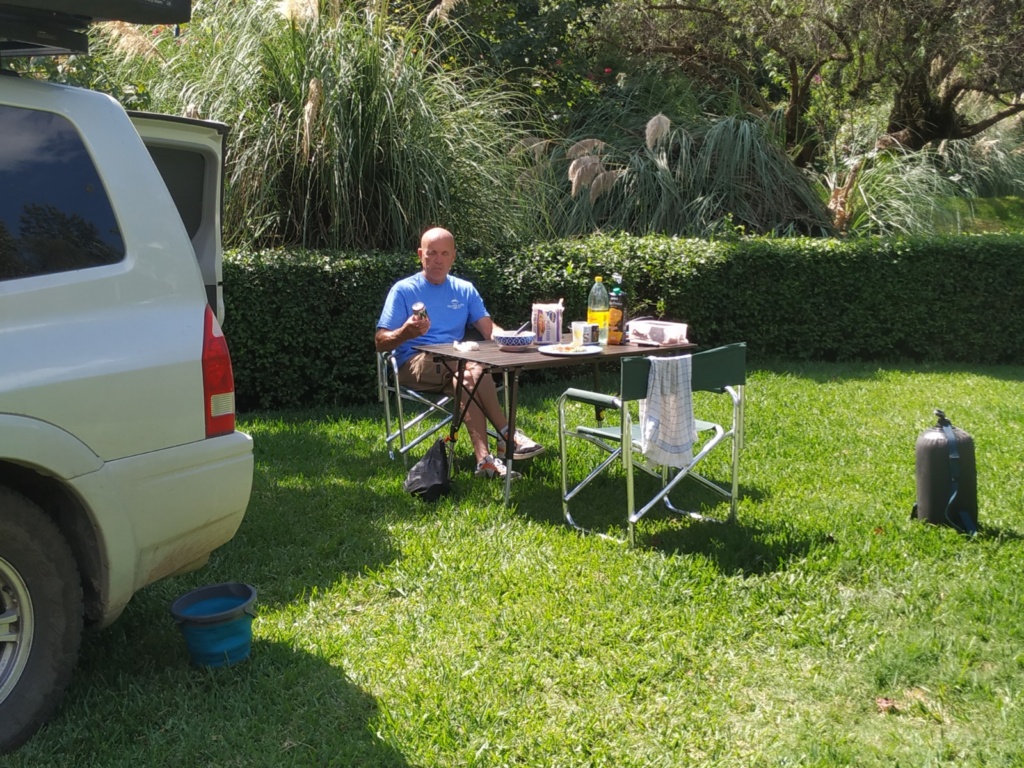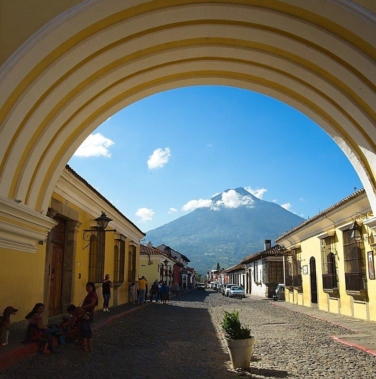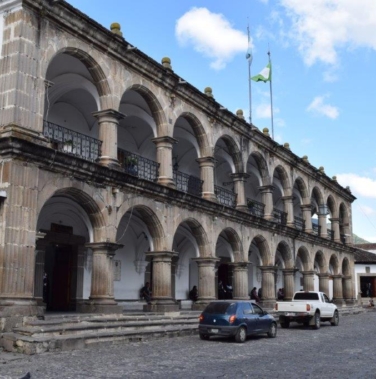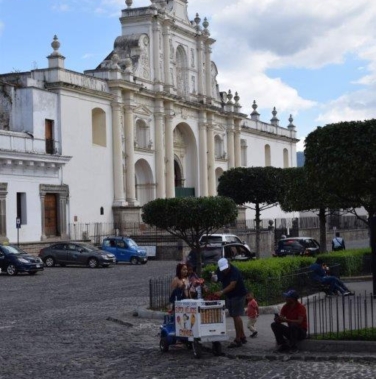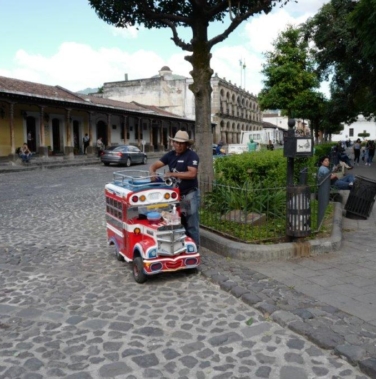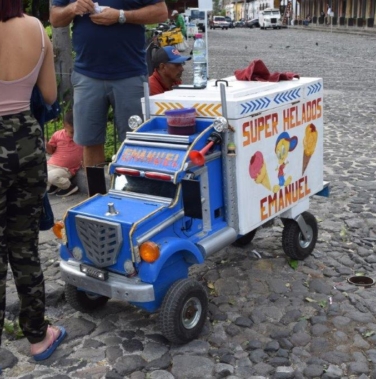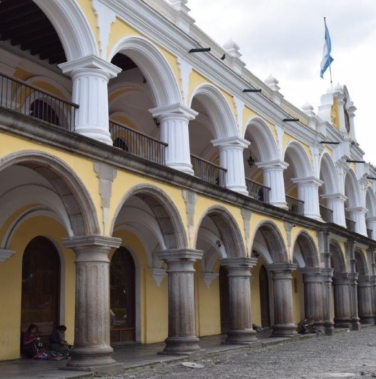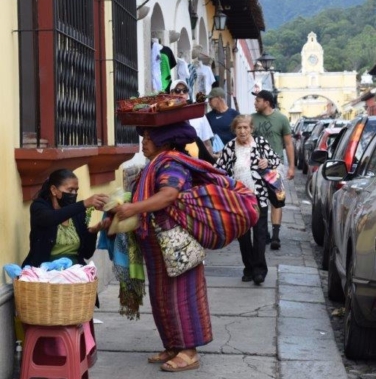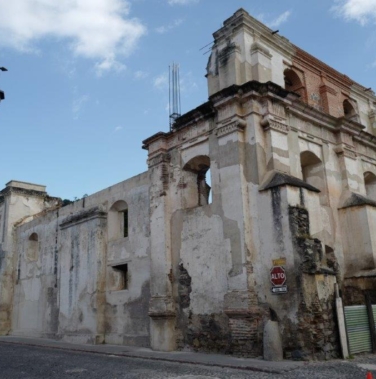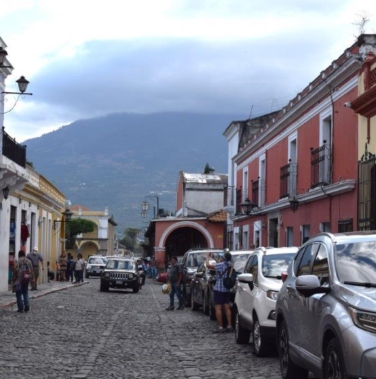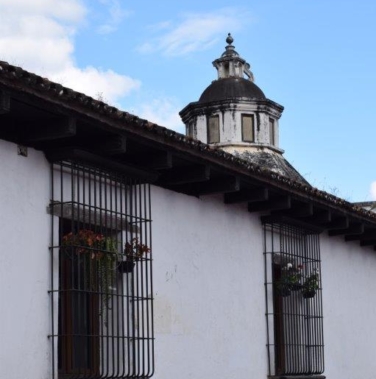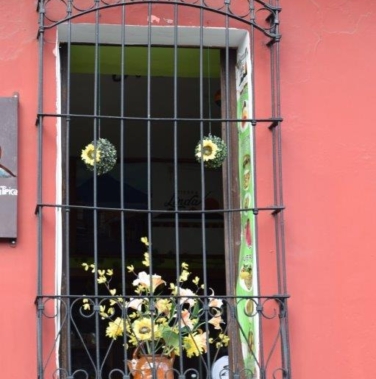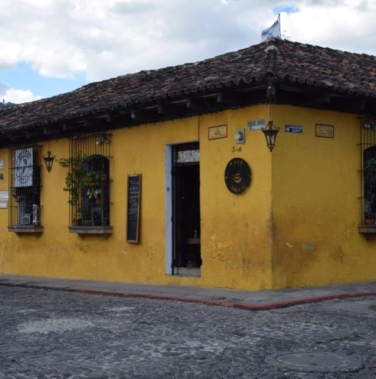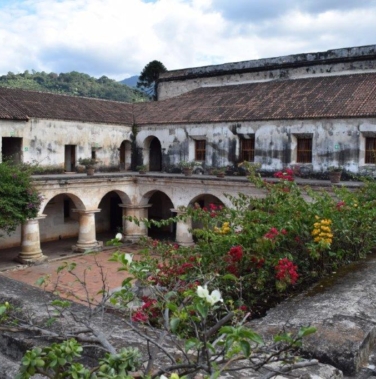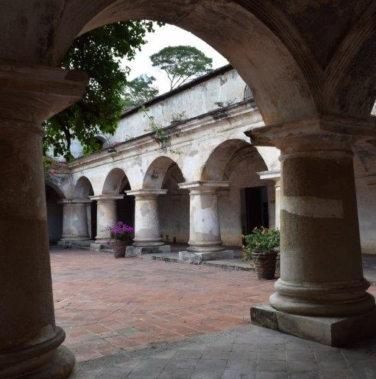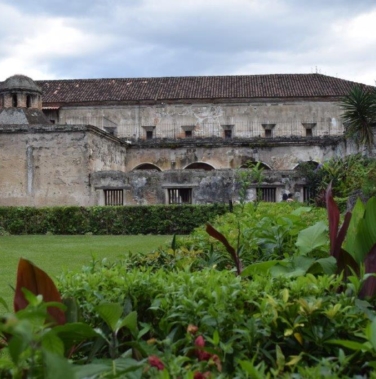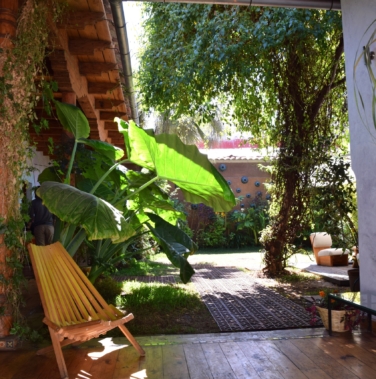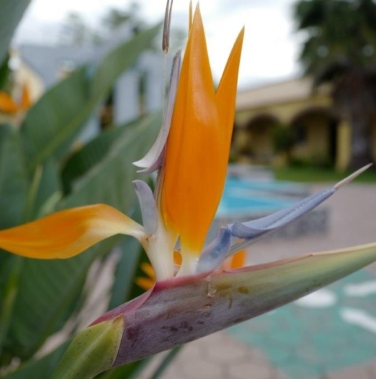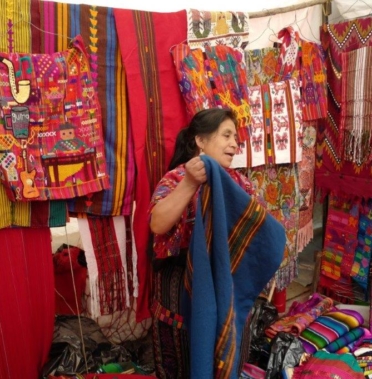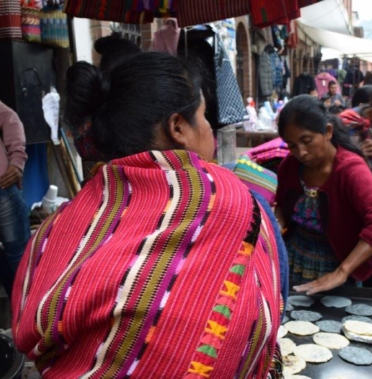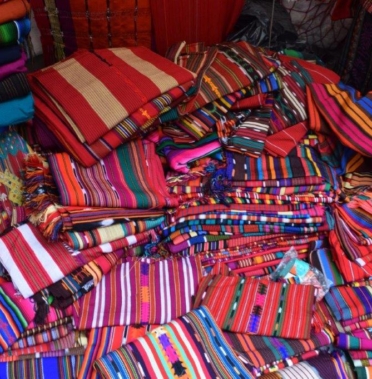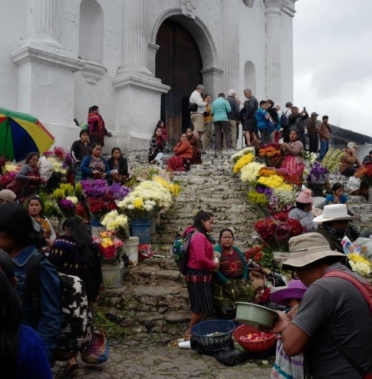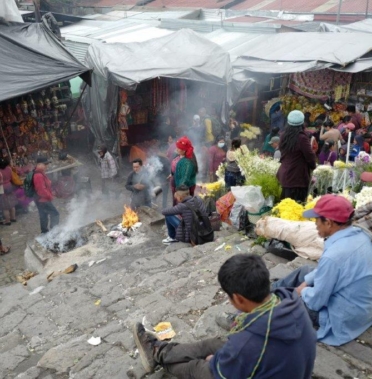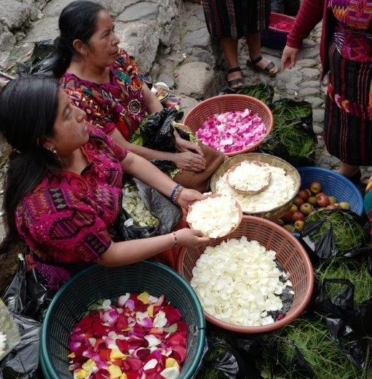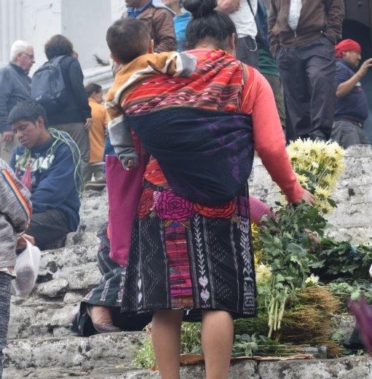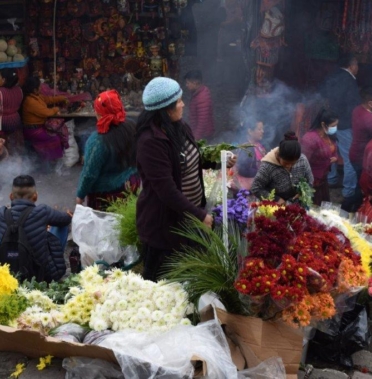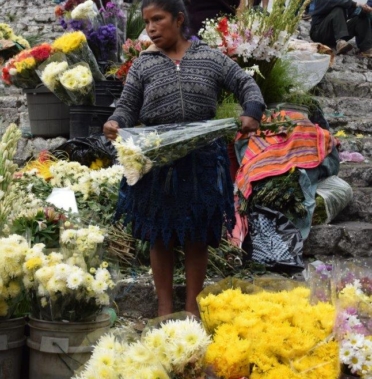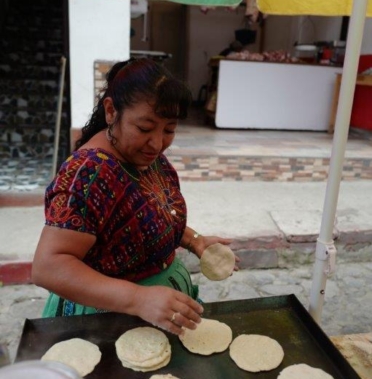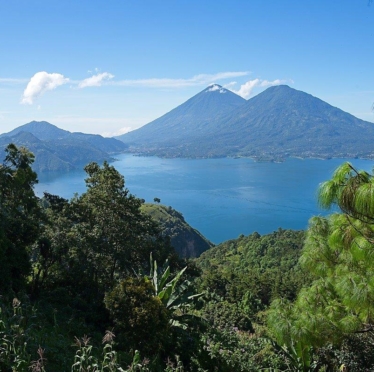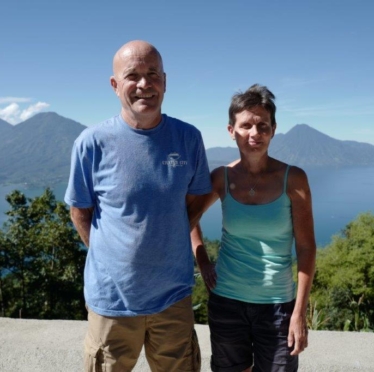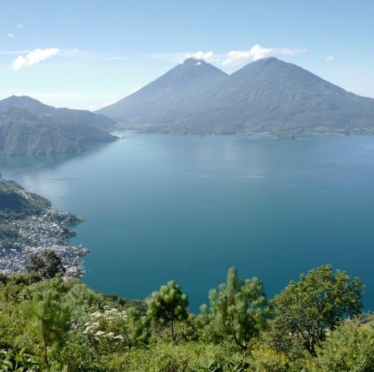Part 3 – Queretaro to Zacatecas
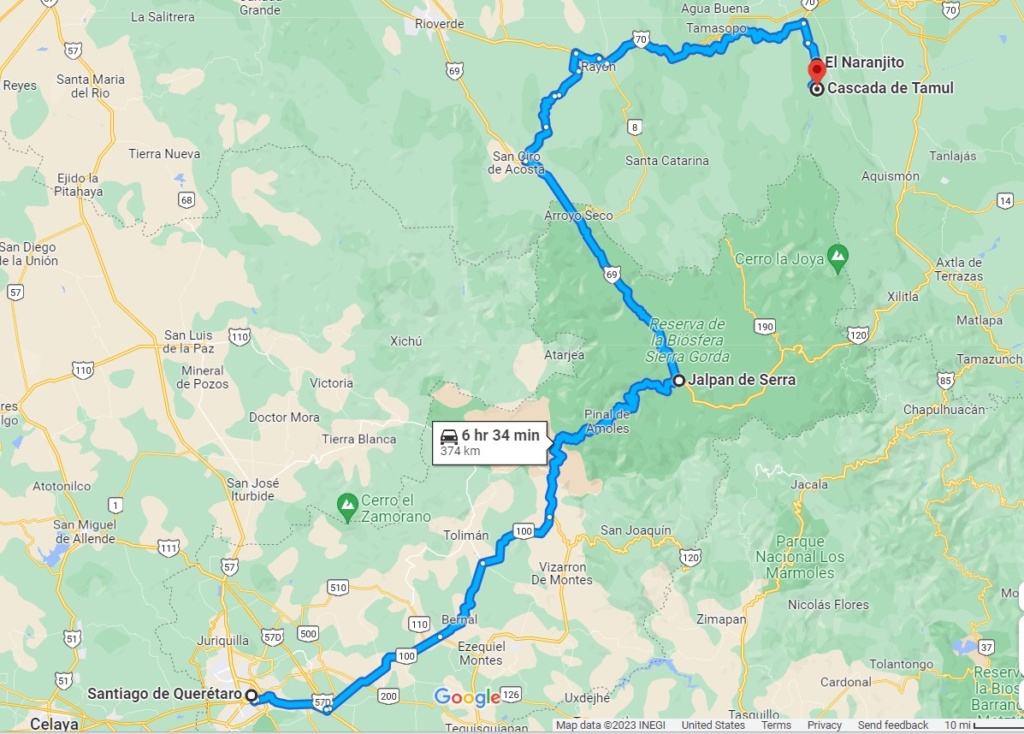
December 11, 2022 – Jalpan de Serra
We leave Queretaro and take the road to the Sierra Gorda Natural Reserve. Again, we pass quite a few processions for the Virgen de Guadalupe!
The Sierra Gorda is said to be the most eco-diverse Biosphere Reserve in the country. The landscape is initially very dry with hardly vegetation but as we get closer, trees and greenery are all around. The area is valued for its very wide diversity of plant and animal life, which is due to the various micro-environments created by the ruggedness of the terrain and wide variation in rainfall. ( the mountains block the moisture coming from the Gulf of Mexico). it is home to the Franciscan Missions, listed to Unesco World heritage sites.
There are five missions, built in the 18th century, during the last phase of the evangelization of the interior of Mexico. They are credited to Junípero Serra of the Franciscan Order, who also founded important missions in Alta California.
The missions, in particular the richly decorated facades of the churches, are a manifestation of the joint creative efforts of the missionaries and the existing indigenous groups, resulting after an exchange of values and influences.
We arrive in Jalpan at midday. The name comes from Nahuatl and means “place over sand.” In 1976, the appendix “de Serra” was added to honor missionary Junípero Serra. We tour the local market. It is Sunday and the town is bustling. We then go and see one of the first Missions to be built Santiago de Jalpan ( built 1751-58).
[click on the picture to open the gallery]
December 12, 2022 – Cascada de Tamul
Last night we stopped at a restaurant/campsite. The setting was nice, near a river but the Mex$150 was not justified. The toilet block was very dirty and there were no showers…
Today, we continue on our way to the Huasteca Potesina region.
La Huasteca is a geographical and cultural region that spans seven states in the northeast of the country.The area gets its name from the Huastec people who populated the region at the height of their civilization around 750 to 800 AD.
La Huasteca Potosina is a smaller part of the wider Huasteca region, located in the state of San Luis Potosi with unique geography and topography, meaning there is an abundance of waterfalls of all shapes and sizes.
We decide to go to Cascadas de Tamul and Google map sends us to the village of El Naranjito where a dirt road ( 5.6km) takes you to the Falls. When we get there, a rope across the road blocks access and there is a small post manned by young guys. One comes up to the car and says we need to pay an entrance fee and have a guide as the road is bad. We argue that we do not need a guide and that we will be fine. He stands firm and we decide to turn back. I had seen another way to get to the Falls on MAP.ME.
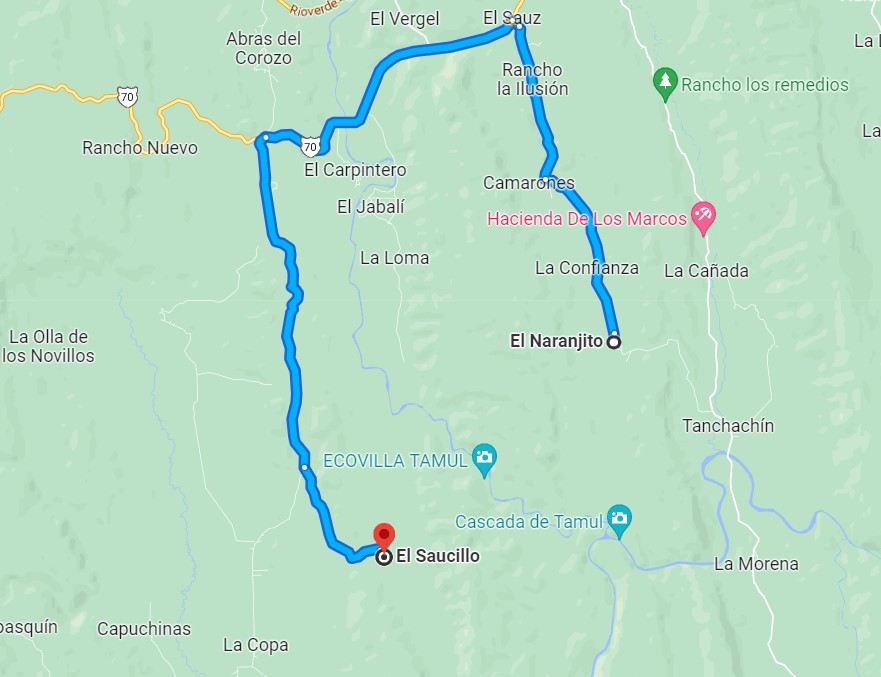
We retrace part of our way , then to El Saucillo (34km) from which another dirt road ( not shown on Google Map above leads to the Falls, going across sugar cane fields. It is a much longer road ! (below, white road from El Saucillo, on the left, to the Falls another 6 or 7 km, following the river)
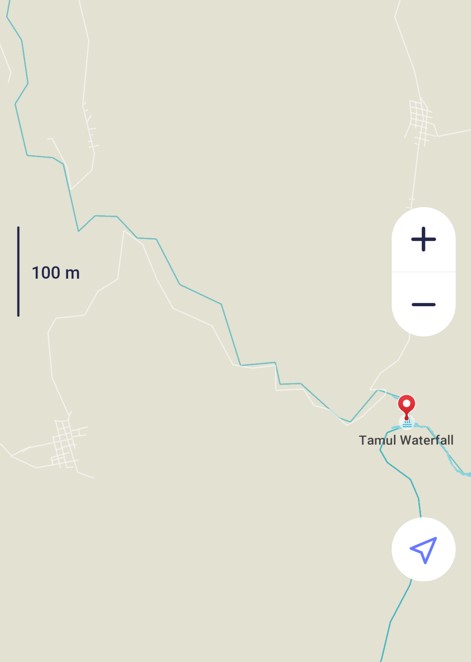
The road is quite bad with big potholes, wet in areas. We have to stop and open and close gates between fields. We get to a forested area and a very muddy patch. At one point, when I jump out of the car to open a gate, I land in deep mud which sucks my shoes off!
A young guys passes us on a motorbike and tells us we are about 20 mn from the Falls. That reassures us that we are on the right track!. We get there around 3pm.
There is an established resort/campsite at the trail leading to the Falls. Nobody is there so we park the car and take the trail to the Falls. We follow the river for a while and get to a wide area where the river simply jumps off the cliff. You can hear and see the spray before you can actually see the top of the Falls.
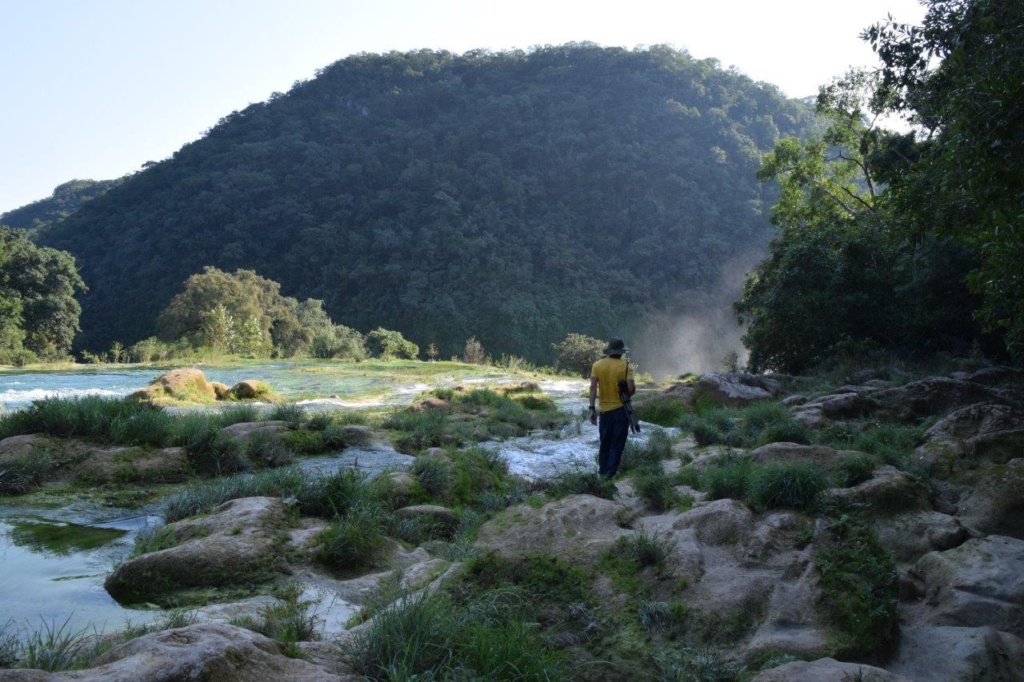
We carry on to the first viewpoint, but the best view is from another viewpoint at the bottom of the cliff . To get there you have to take another trail which uses almost vertical ladders to get you down to river level at the bottom of the cliff.
Cascada de Tamul is the most impressive of the waterfalls in the region. The water falls from over 100m high and forms a curtain of up to 300m wide during the rainy season ! You can actually arrive by boat on the river below and hike to a spot behind the curtain of water. We had the place to ourselves and enjoyed the magnificent view before making our way back to the car. There is someone manning the entrance this time and we pay our fee + car park fee. ( Mex$ 50pp + Mex$30). We will camp in the grassy area ( car park) tonight!
[click on the picture to open the gallery]
December 13, 2022 – San Luis Potosi
Woken up by loud birds (macaws?) early this morning, but we wanted to leave early anyway. The plan is to go on the short dirt road back to El Naranjito, where we were refused entry initially and get through the barrier before it is manned. Got through OK !
We take the road to San Luis Potosi, almost 4 hours away.
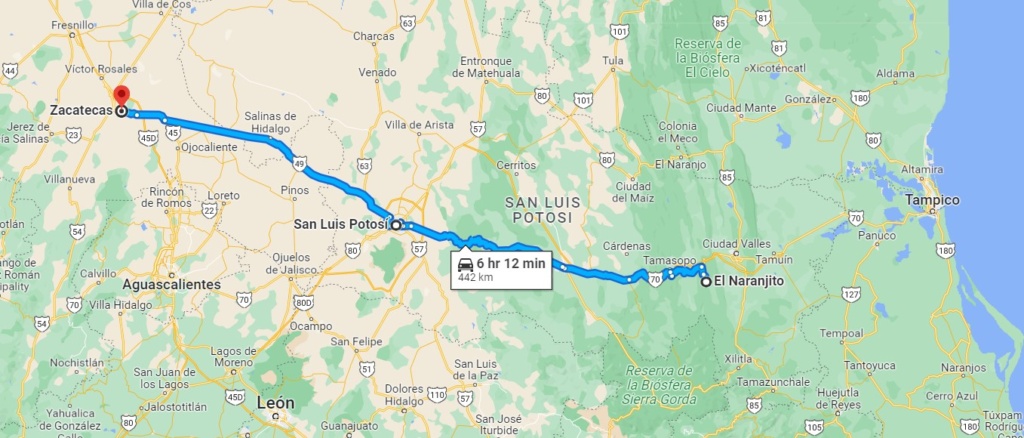
San Luis Potosi
Once a gold and silver mining hub, San Luis Potosi is a town in central Mexico graced with pink-quarry colonial buildings, historic landmarks, and contemporary museums. It is surrounded by lush countryside where tropical fruit and sugar cane grow.
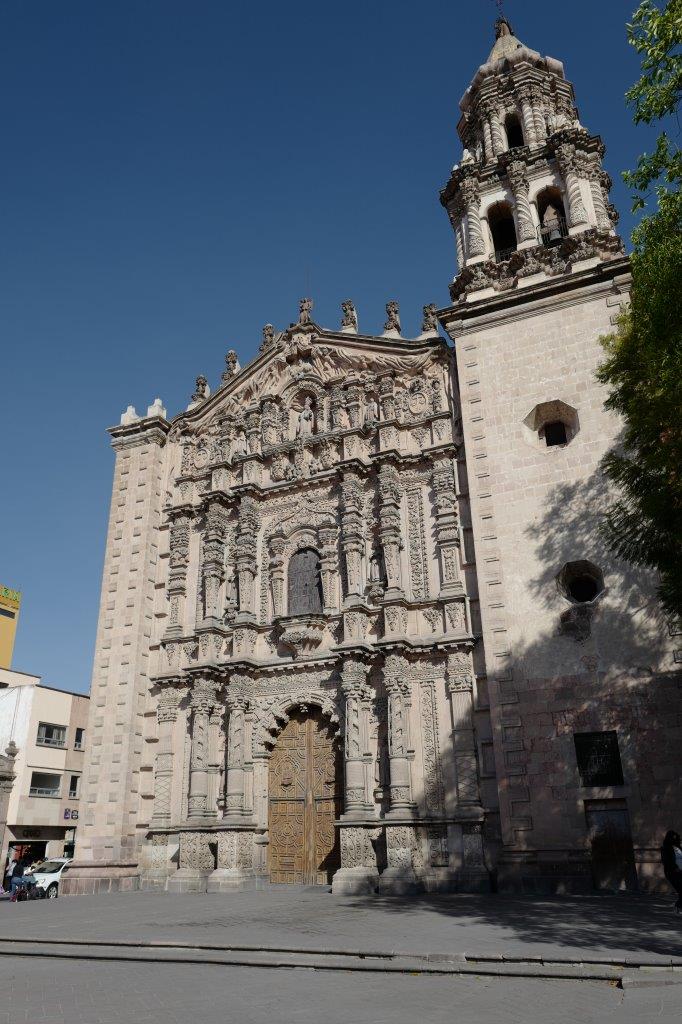
December 14, 2022 – Zacatecas
Founded in 1546 after the discovery of a rich silver deposit, Zacatecas reached the height of its prosperity in the 16th and 17th centuries. Built on the steep slopes of a narrow valley, the town has breathtaking views and there are many old buildings, both religious and civil. The cathedral, built between 1730 and 1760, dominates the centre of the town. It is notable for its harmonious design and the Baroque profusion of its façades.
The town has narrow and many one way streets but after circling for a while we managed to find a small car park near the historic centre. This is a pleasant town and being close to Christmas there is no lack of decorations everywhere you turn!
Today is one of the Football World Cup semi-finals( France vs Morocco) and whilst Paul sits at a bar to watch the match, I go and wander.
I visit the Museum Rafael Coronel, housed in the ruins of the lovely 16th-century Ex-Convento de San Francisco. It shows Mexican folk art donated by Zacatecan surrealist artist Rafael Coronel, son-in-law of Diego Rivera. ( famous Mexican artist (1886-1957) and a splendid collection of masks from Mexico, Africa and India. One floor is also devoted to paintings and drawings from Picasso, Kandisky and may other famous artists.
[click on the picture to open gallery]
